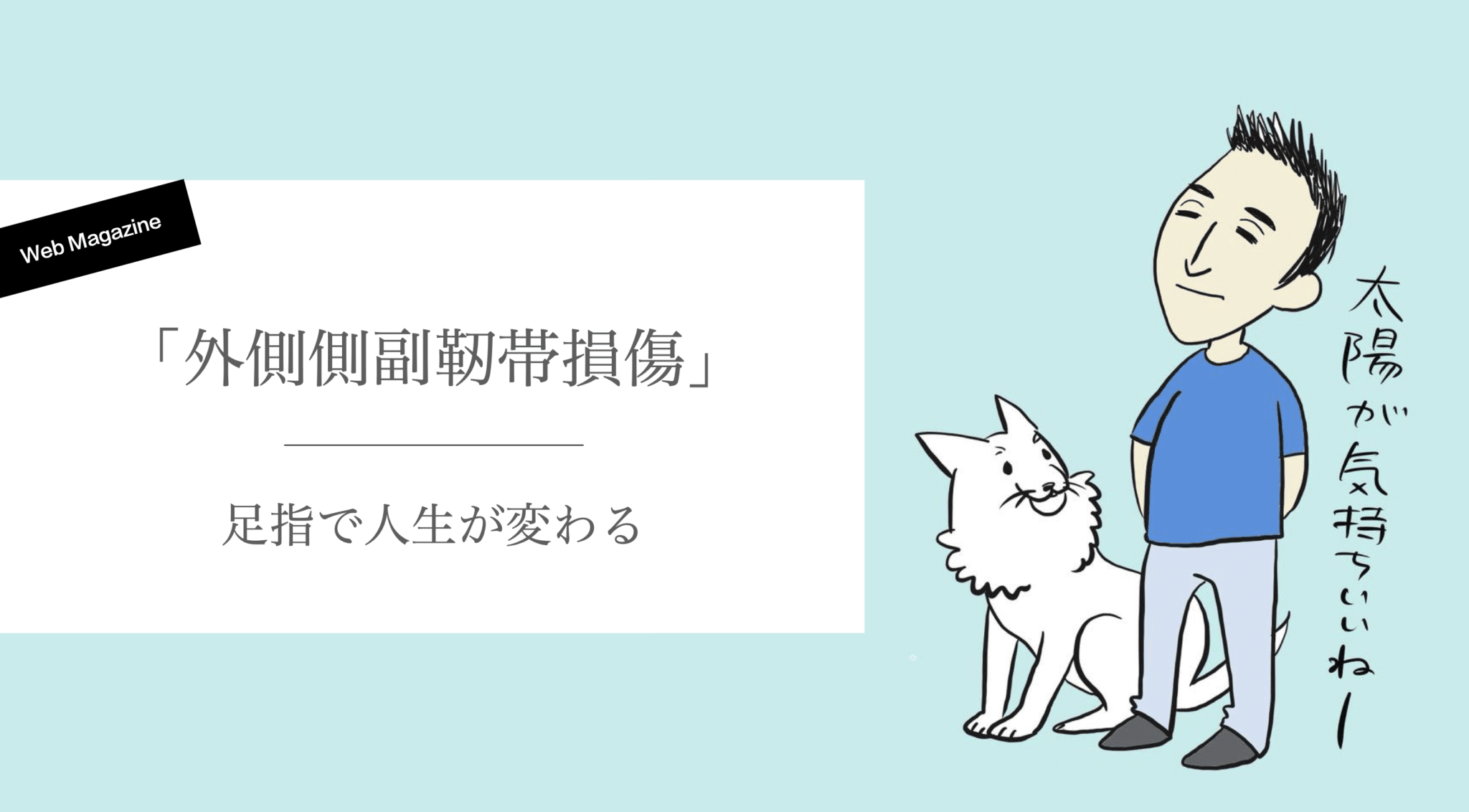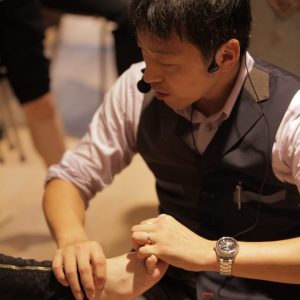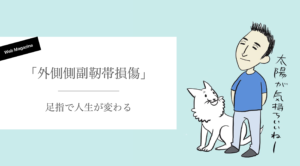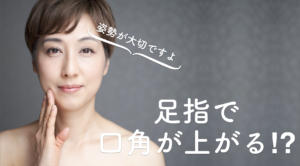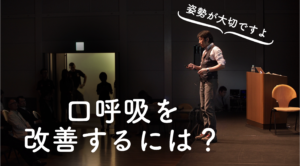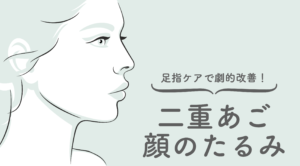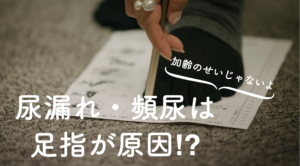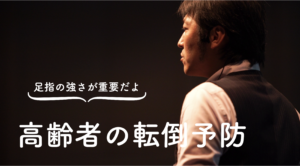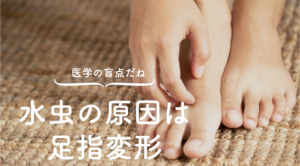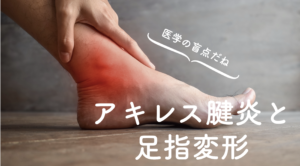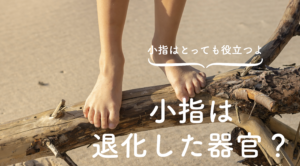Commentary by a toe doctor

YOSHIRO YUASA
Keiro Yuasa
Dr. Toe, Director of Toe Research Institute, President of Japanese Society of Functional Foot and Toe Therapy, and developer of Halmek shoes. Former director, vice president, and medical director of General Hospital. He specializes in exercise physiology and anatomy. He is also a foot and shoe specialist and a leading expert in postural occlusion therapy. He has cured various orthopedic diseases (over 70,000 people) with toe therapy alone.
Introduction.
The lateral collateral ligament is responsible for reducing the load and pressure (stress) on the knee and increasing stability. Improving the O-leg is the only way to prevent lateral collateral ligament injuries.
summary
The knee is formed by the following major structures
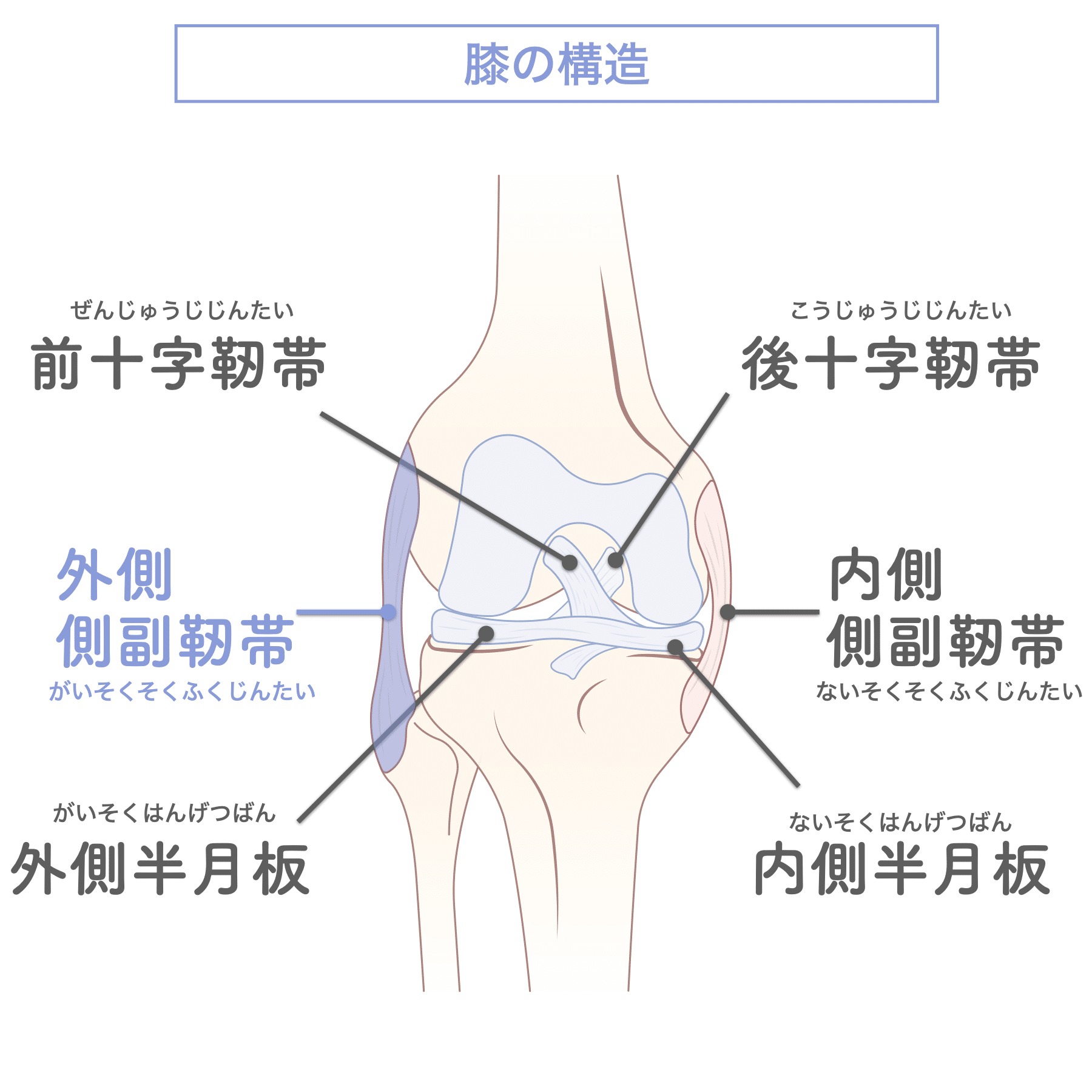
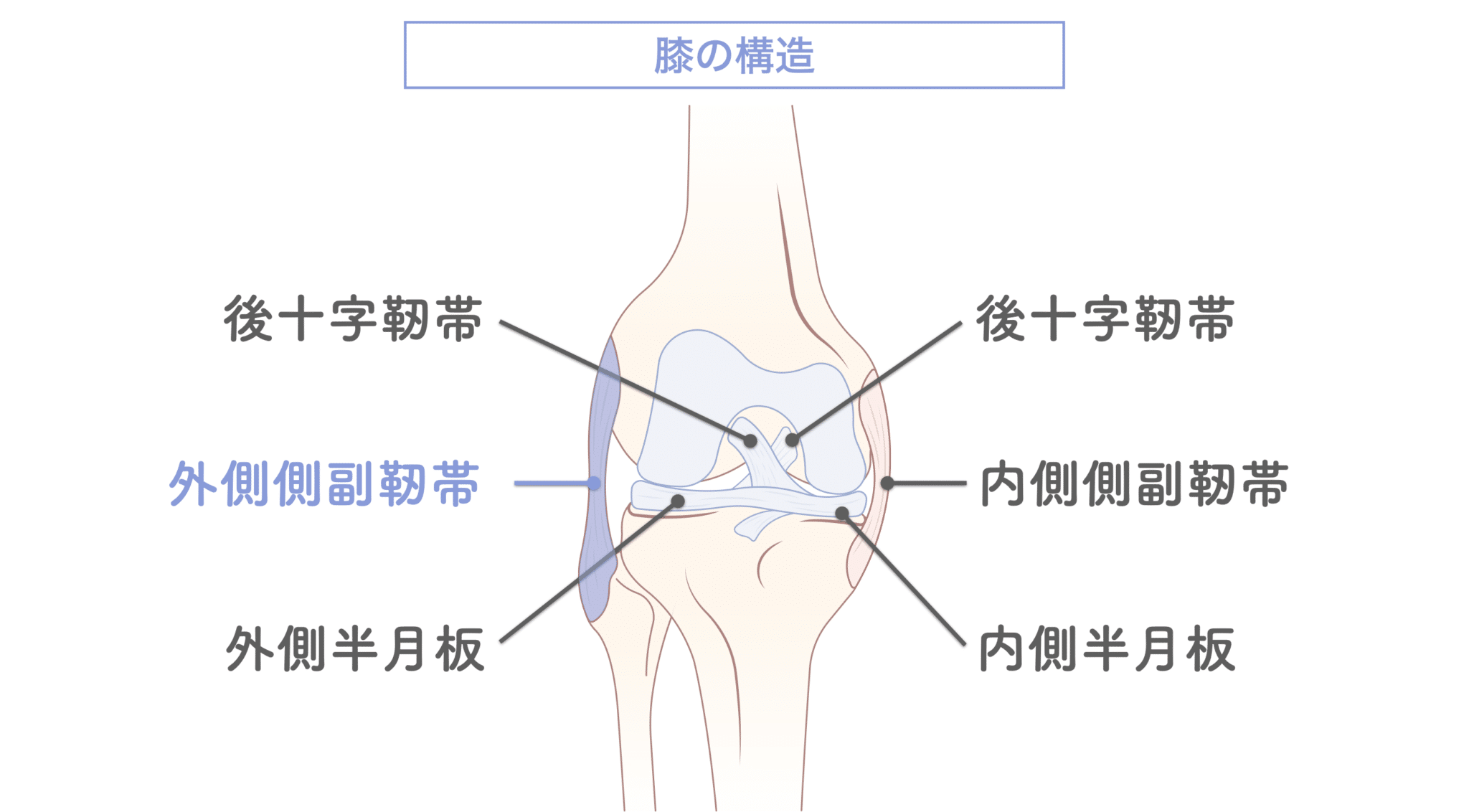
1) Bones: The knee is composed of three bones: femur (thigh bone), tibia (tibia), and fibula (fibula). The femur connects to the tibia at the upper end and connects to the tibia and fibula at the lower end.
2) Ligaments: The knee is surrounded by tissue called ligaments. Ligaments stabilize and support the joint. The most important ligaments include,Anterior cruciate ligament (ACL), posterior cruciate ligament (PCL), medial collateral ligament (MCL), lateral collateral ligament (LCL)There are
3) Cartilage: The knee joint contains smooth, elastic tissue called cartilage. Cartilage prevents friction between bones and allows smooth movement of the joint.
4) Sciatic muscle: Located behind the knee, the sciatic muscle provides joint stability and aids in knee extension.
When these structures work well together, the knee joint can function properly, support body weight, and perform activities such as walking and running.
What is a lateral collateral ligament injury?
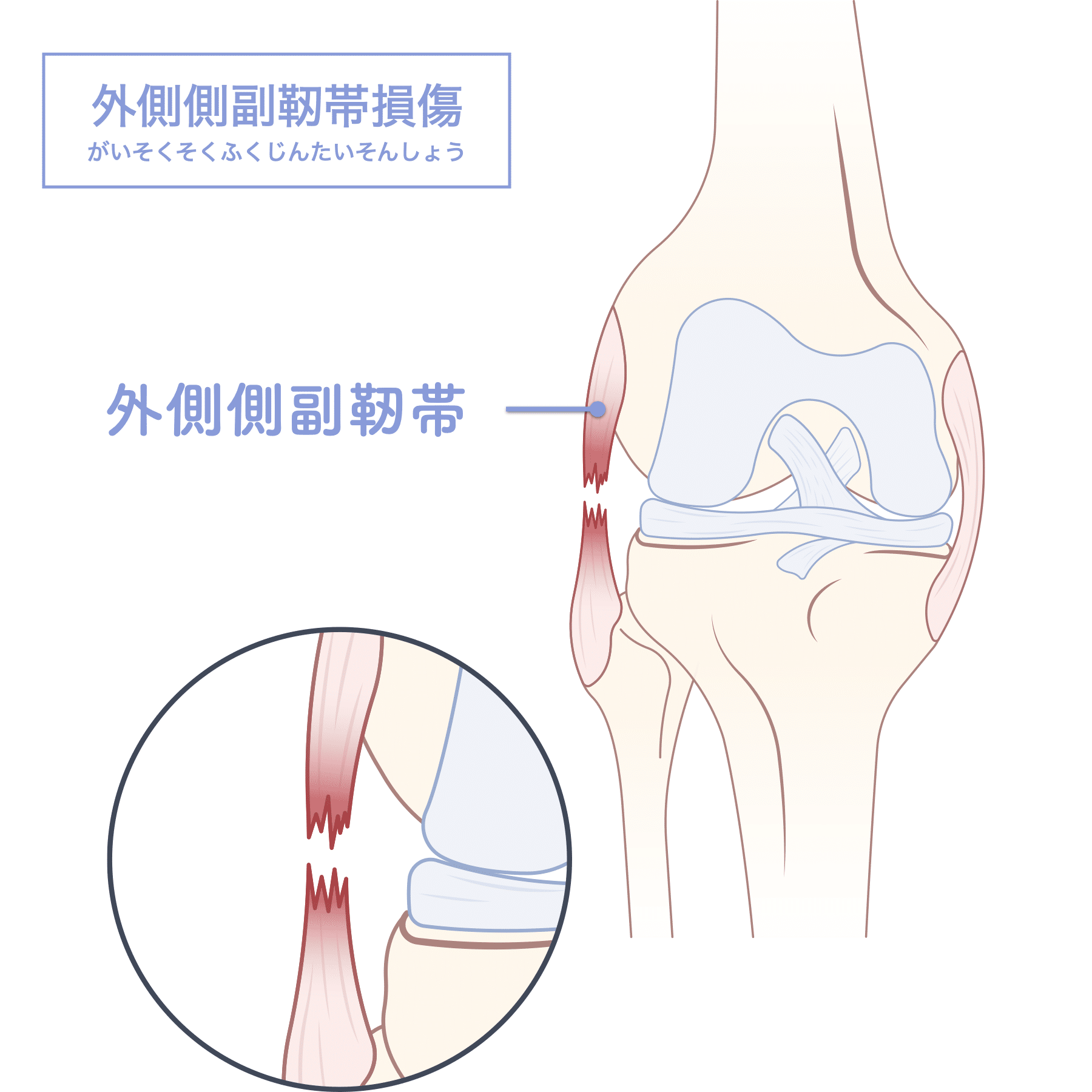
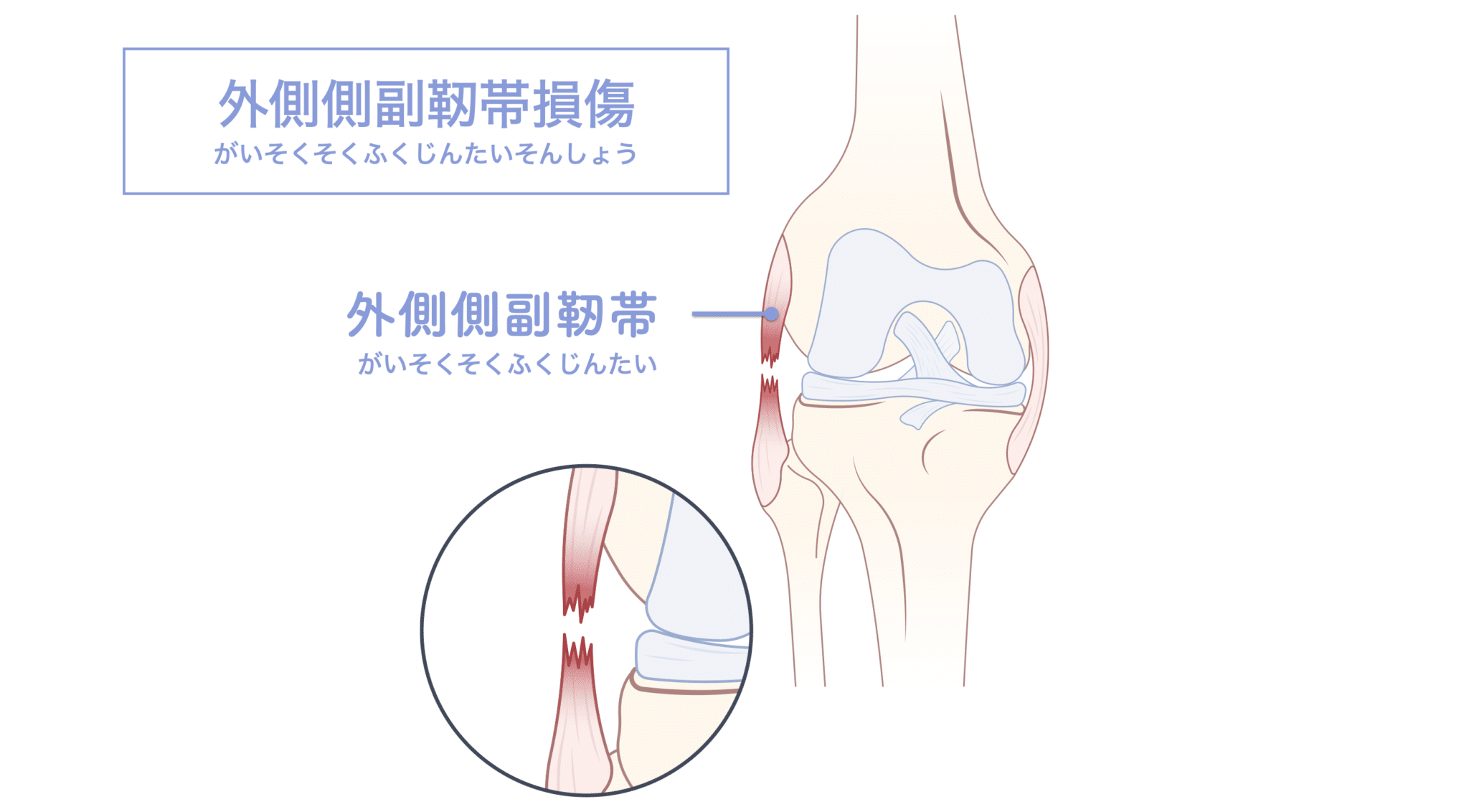
Lateral collateral ligament injury refers to damage to the lateral collateral ligament, which is located on the outside of the knee. The collateral ligament is an important tissue for maintaining knee stability, and damage to the lateral collateral ligament can impair knee joint stability, causing pain, swelling, and dysfunction.
Lateral collateral ligament injuries are often caused by sprains from sports or sudden movements, but some people are more prone to them than others. The difference is whether or not the knee joint is in the correct alignment. Therefore, we hope that you will read this article to help your body to be less prone to damage to the lateral collateral ligament in sports and other activities.
symptoms
Symptoms of lateral collateral ligament injury include the following
1) Pain or pressure on the outside of the knee
2) Knee feels unstable
3) Pain when bending or extending the knee
4) Swelling or internal bleeding in the knee.
(5) Knee pain when walking or running
(6) Limited range of motion of the knee
(7) Decreased stability of the knee joint
If these symptoms are present, it is important to seek appropriate toe treatment as soon as possible.
Causes and pathogenesis
Factors in the development of lateral collateral ligament injuries
Common medical causes of lateral collateral ligament injuries include the following
1) Sudden severe sprain: A sudden twist of the ankle can stress the lateral collateral ligament and cause damage.
2) Loading during sports and exercise: Injury to the lateral collateral ligament can occur due to heavy loading during sports such as soccer and basketball, or during exercise such as running.
3) Ankle weakness or instability: If the ankle muscles lack strength or have experienced an ankle sprain in the past, the lateral collateral ligament is weakened and more susceptible to injury.
4) Ankle distortion or bone abnormalities: Problems with the ankle bones or joints can overload the lateral collateral ligament and cause damage.
5) Excessive fatigue or overload: Prolonged standing or strenuous exercise can fatigue the ankle muscles, which can easily overload the lateral collateral ligament.
Apart from injuries caused by sudden external forces, the above five factors are the most common causes of occurrence. However, some people are more prone to injury than others, even when doing the same exercise (e.g., sports). It is important to consider what the differences are.
Mechanical Mechanisms of Lateral Collateral Ligament Injury
Lateral collateral ligament in correct posture
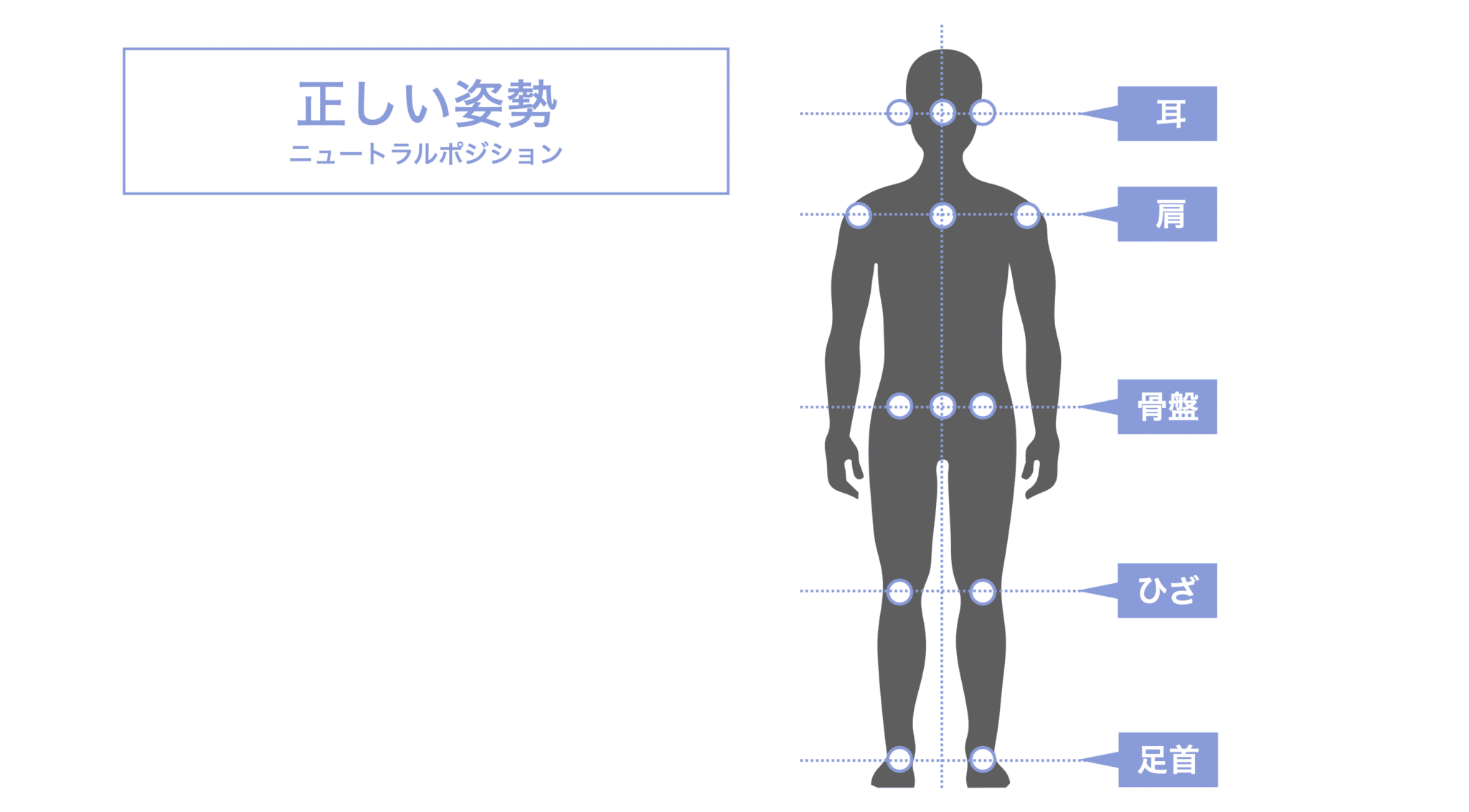
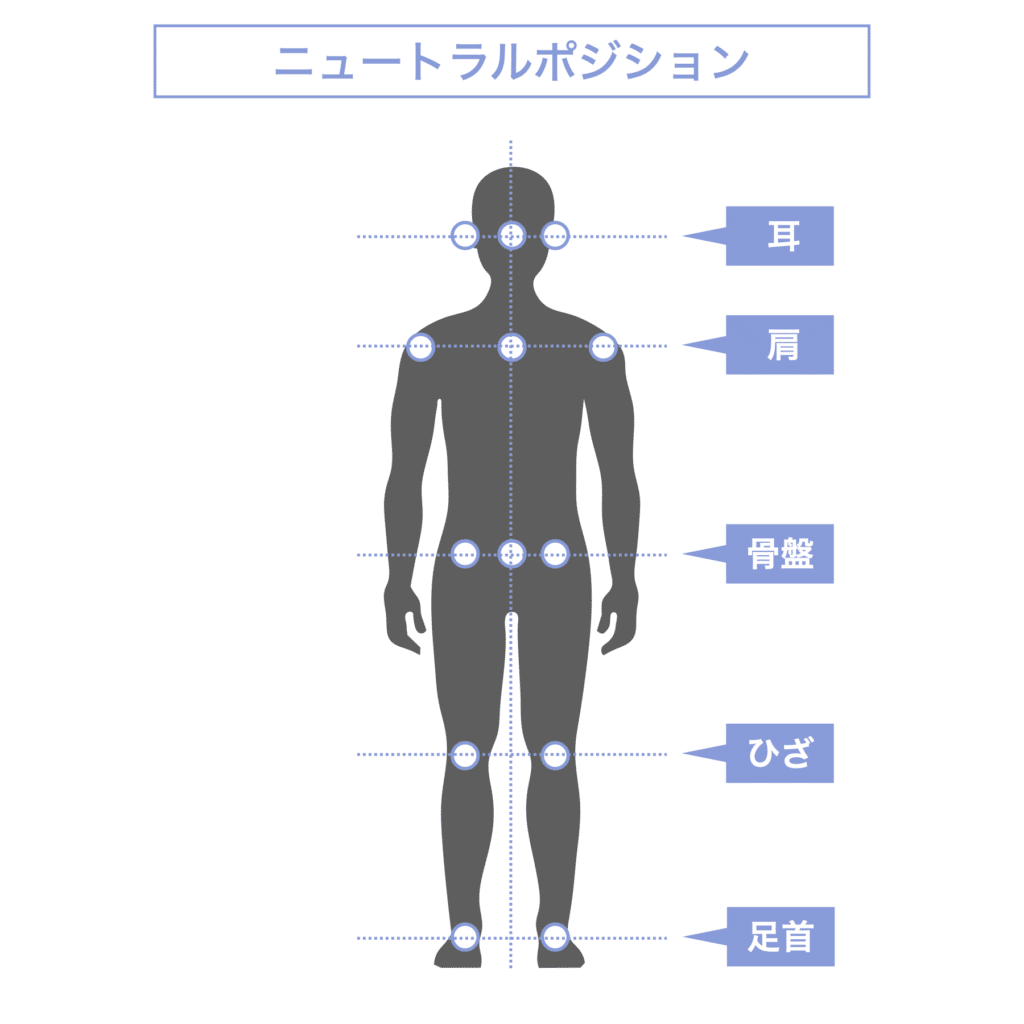
The neutral position is the basic posture for maintaining correct posture. This posture is one in which each part of the body is kept in the correct position and weight is evenly distributed.A state in which the burden on the body (joints, muscles, and ligaments) is minimized and the function of the whole body's motor and circulatory functions can be easily performed smoothly and in good balance.will be.
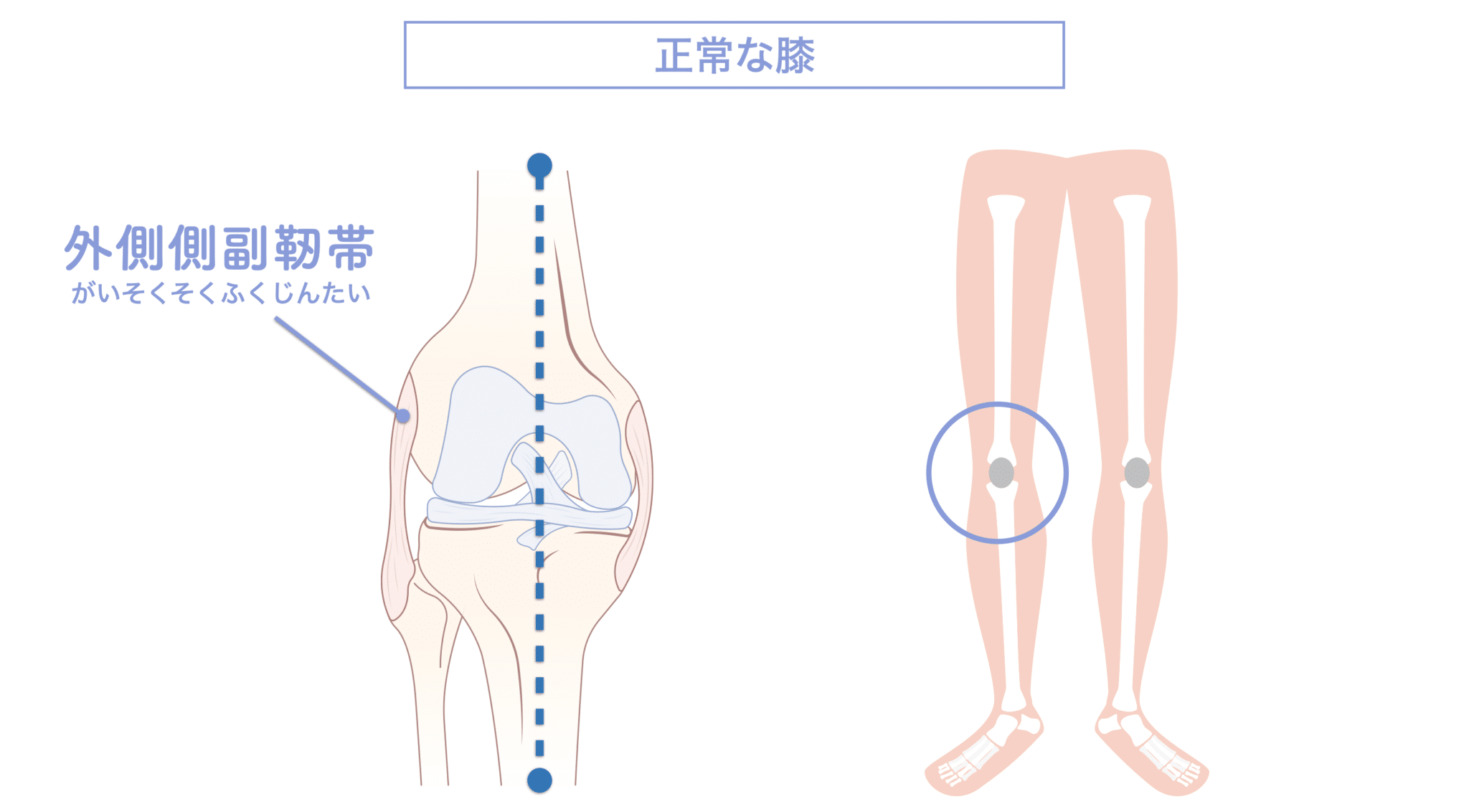
In this condition, the knee joint alignment (correct position and angle of the knee) is straight, so there is no load on the lateral collateral ligament.
Lateral collateral ligament in bad posture
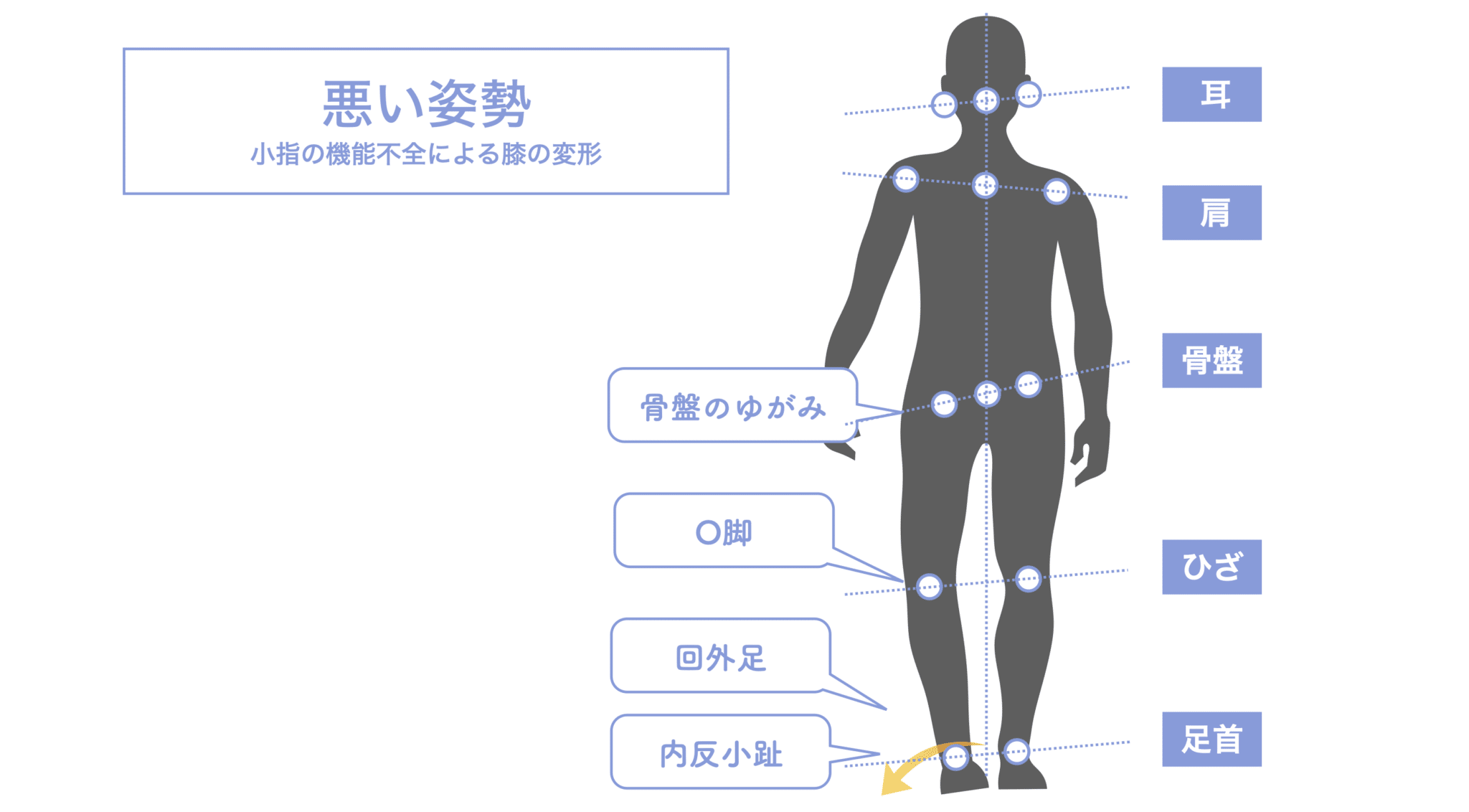
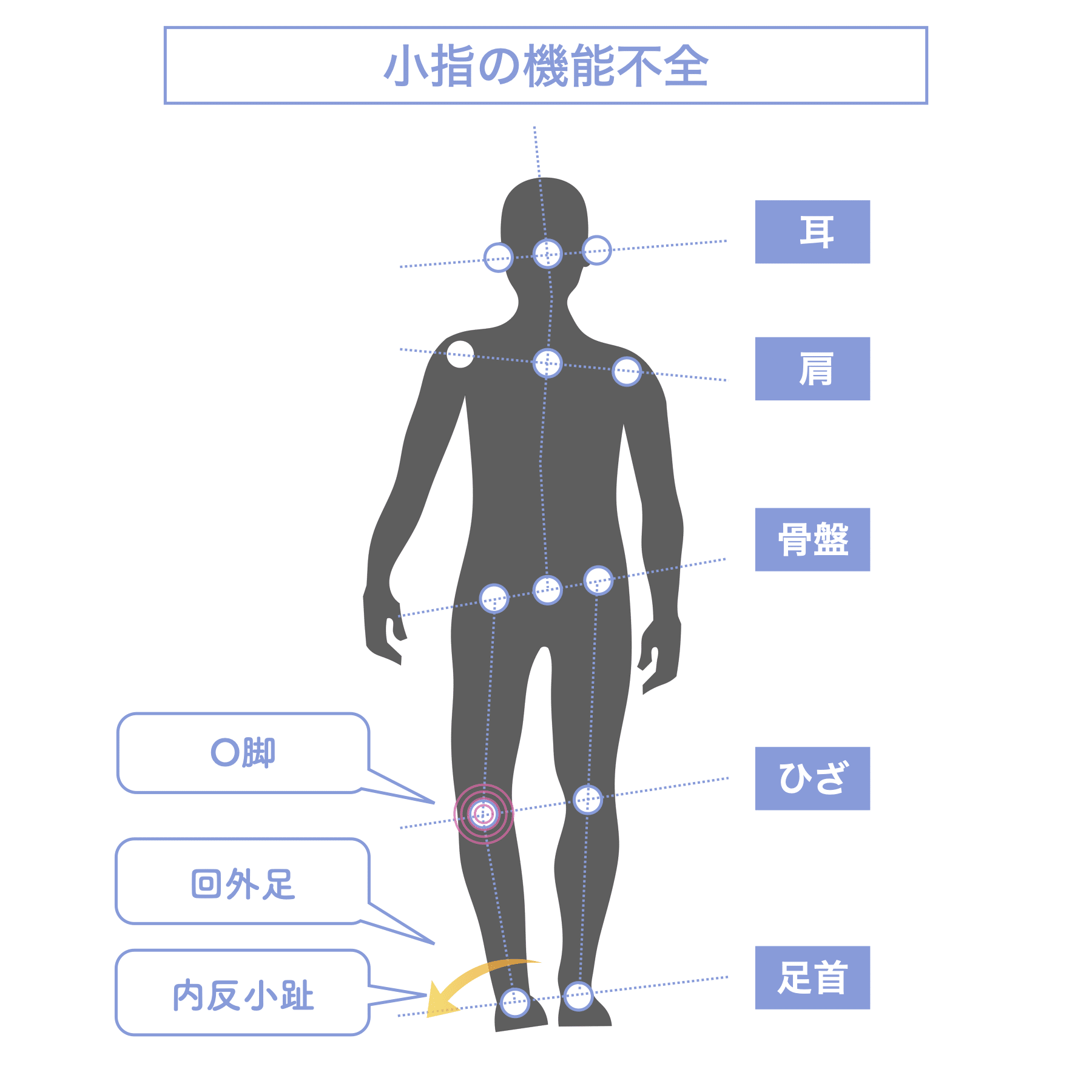
However, when the little toe malfunctions (hallux valgus) and the foot turns outward (foot falls outward), there is a greater chance of developing an O-leg and causing damage to the lateral collateral ligament.
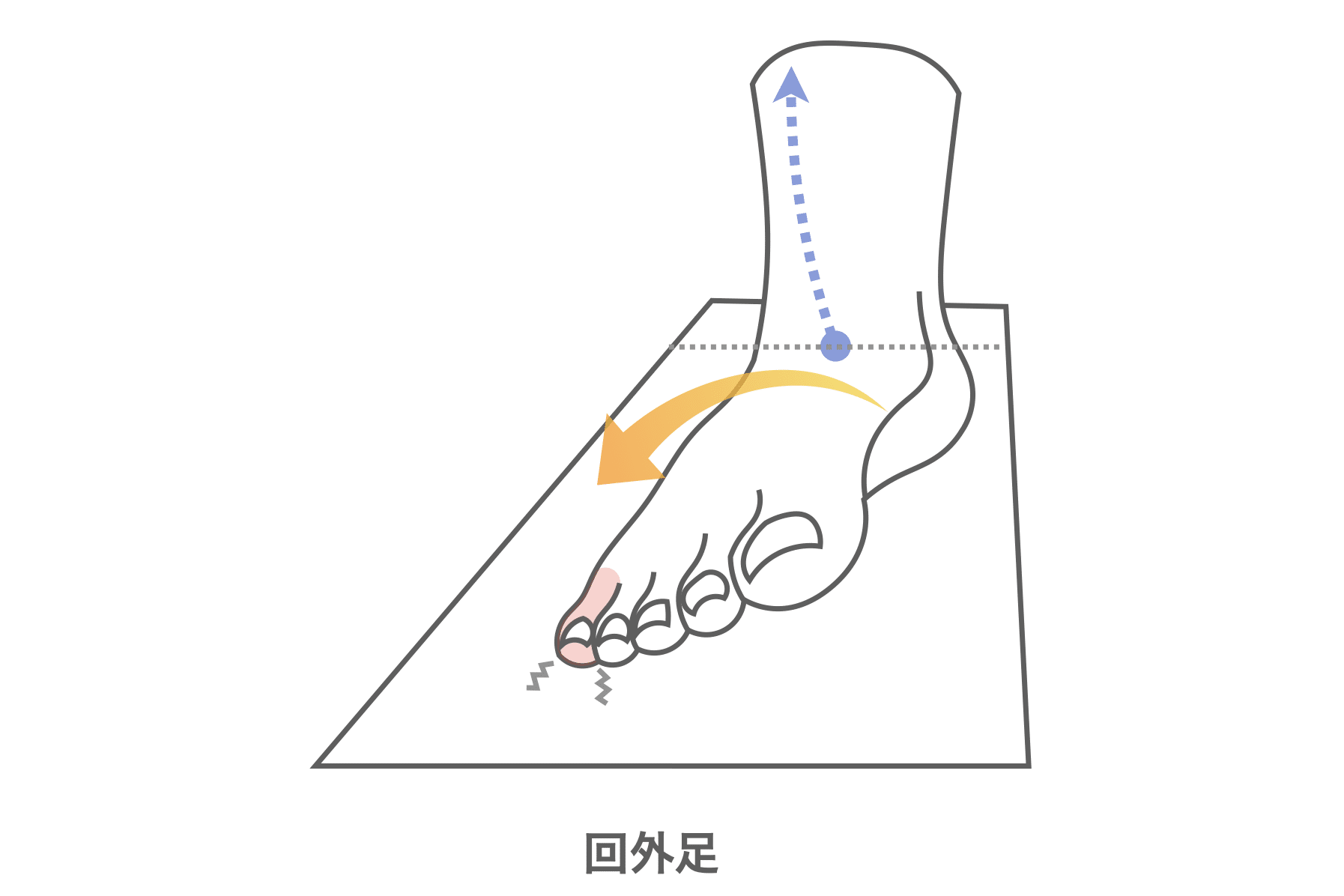
The little toe basically "keeps the foot from falling outward," so if you have hallux valgus or little toe dysfunction (such as inability to par your little toe), your foot will fall outward when you walk (kick your foot out).
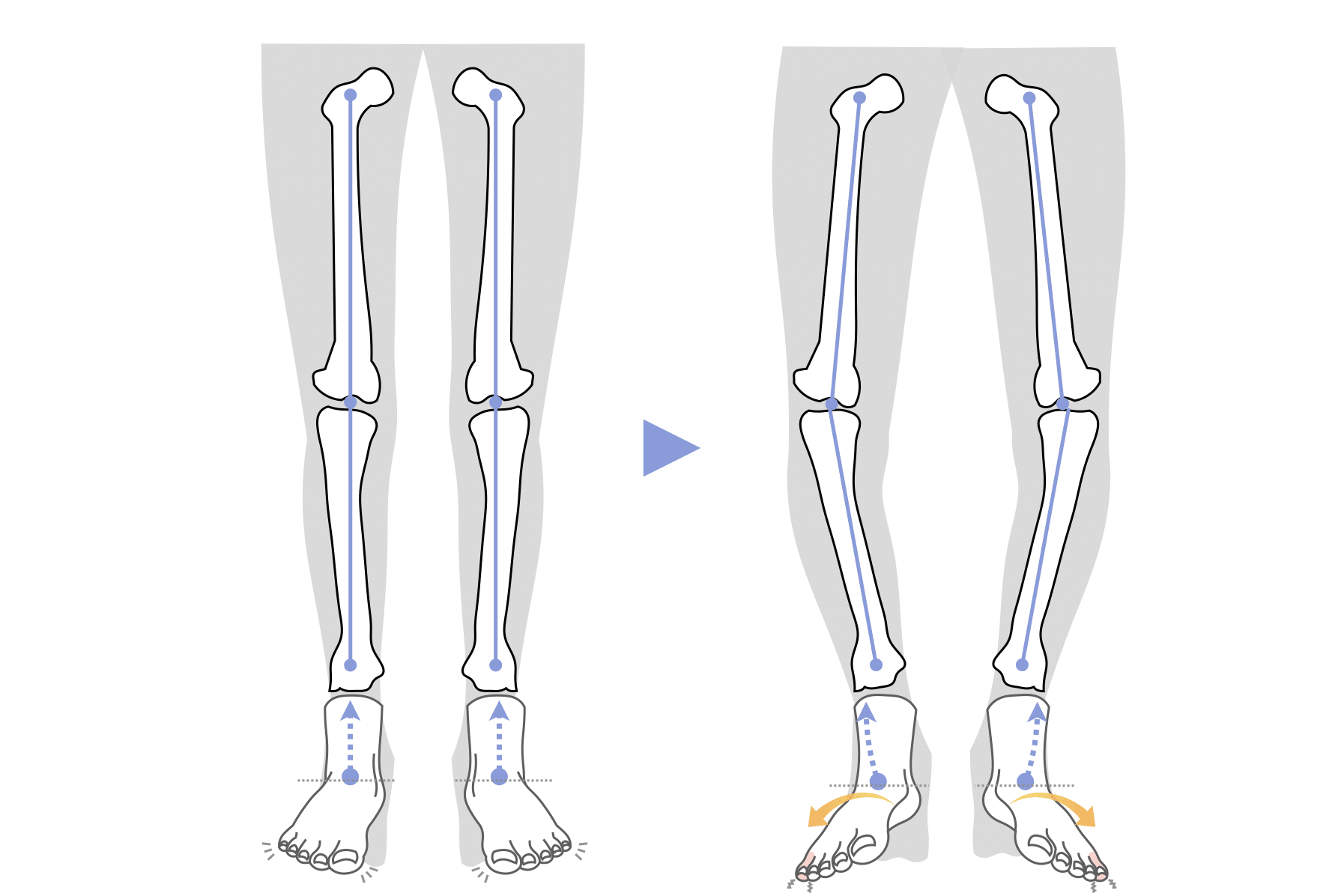
The normal function of the thumb and pinky finger allows a person to stand up straight and walk upright. In other words, walking with hallux valgus or pinky finger dysfunction is directly related to having O-feet.
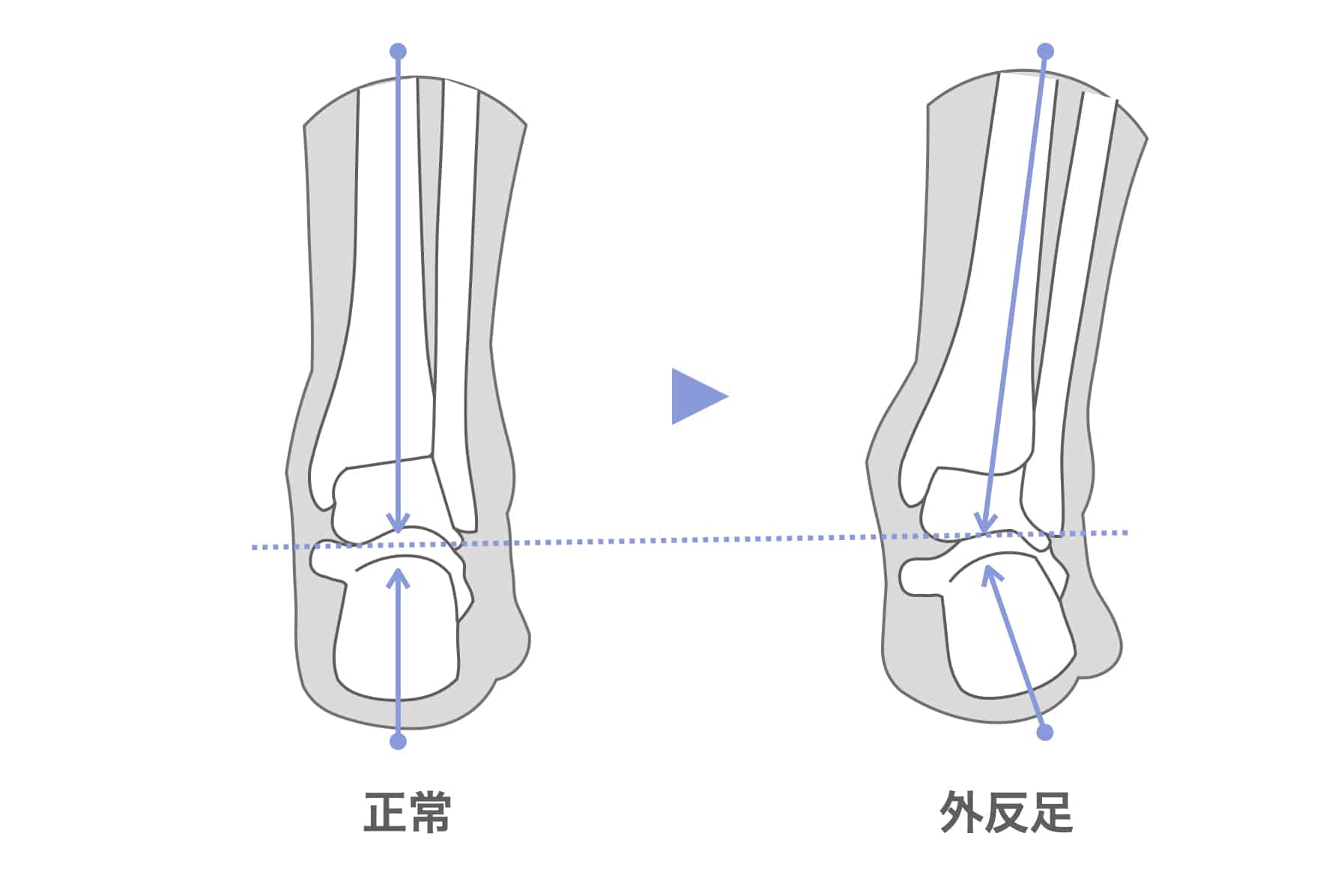
Another deformity that causes the foot to fall outward is ectropion. This is when the heel bone tilts inward due to weakness of the sole muscles caused by a clawed or floating toe. When the heel tilts inward, the lower leg bone above the heel falls outward to maintain balance. This can lead to an O-leg deformity.
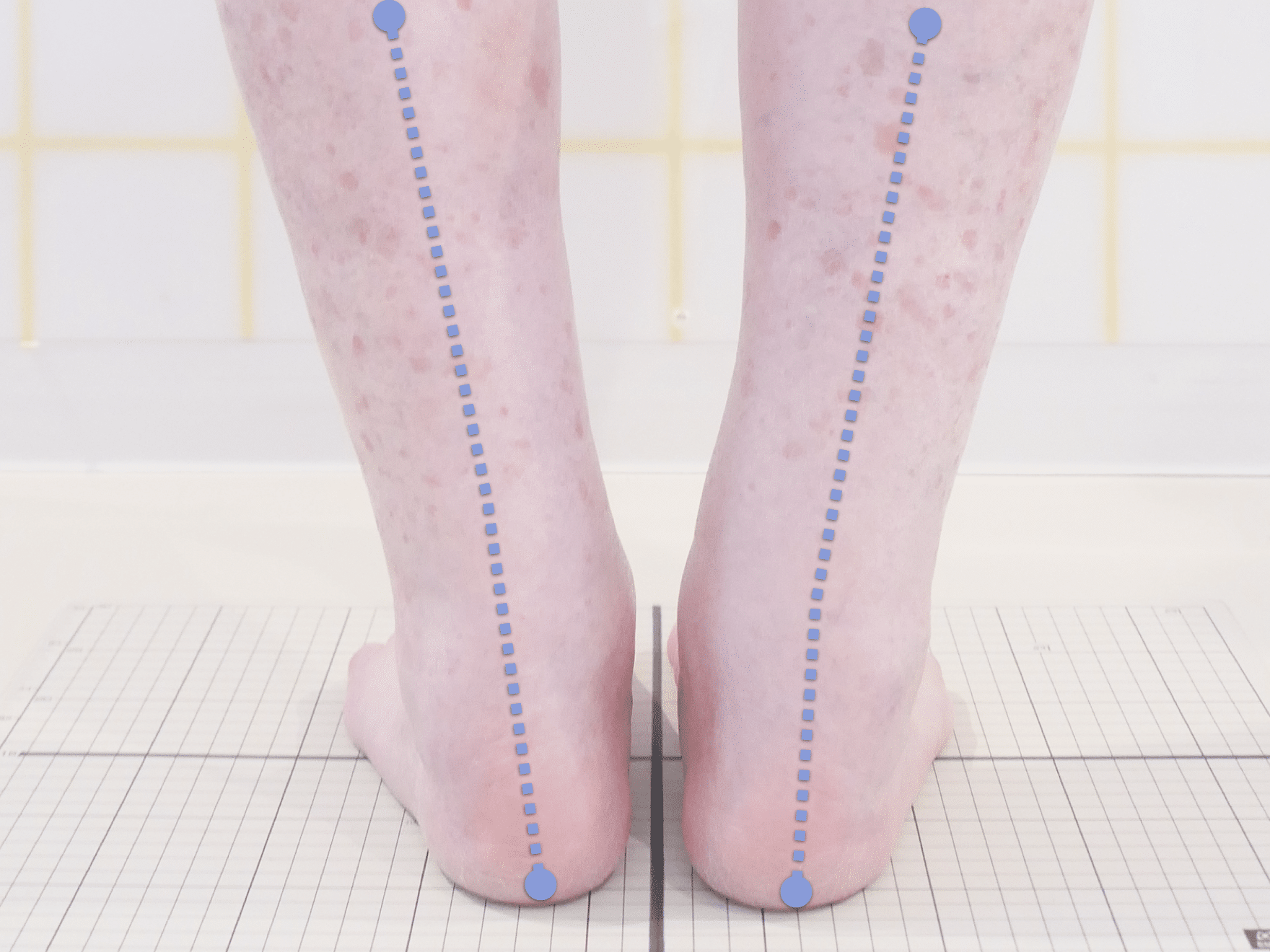
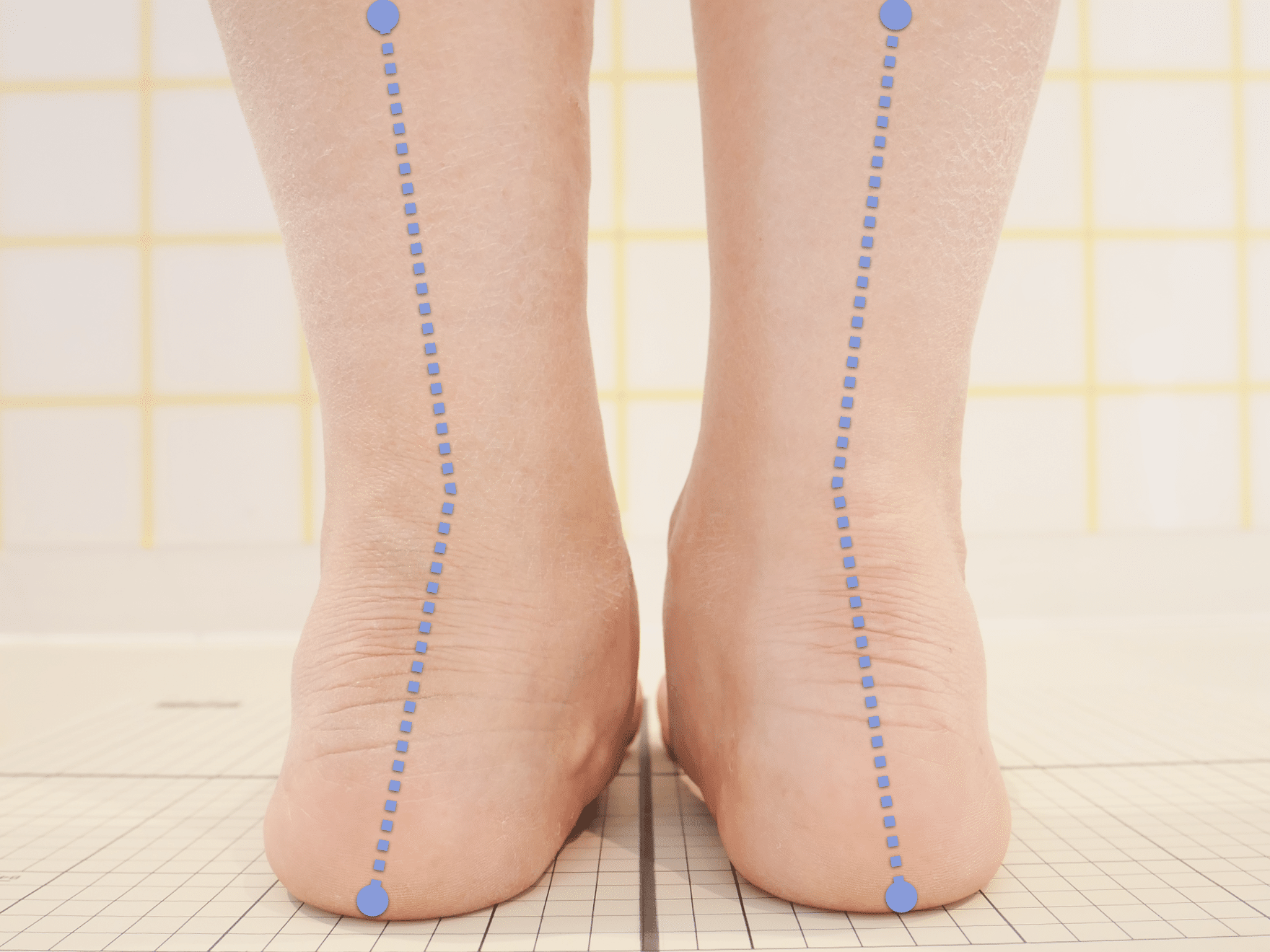
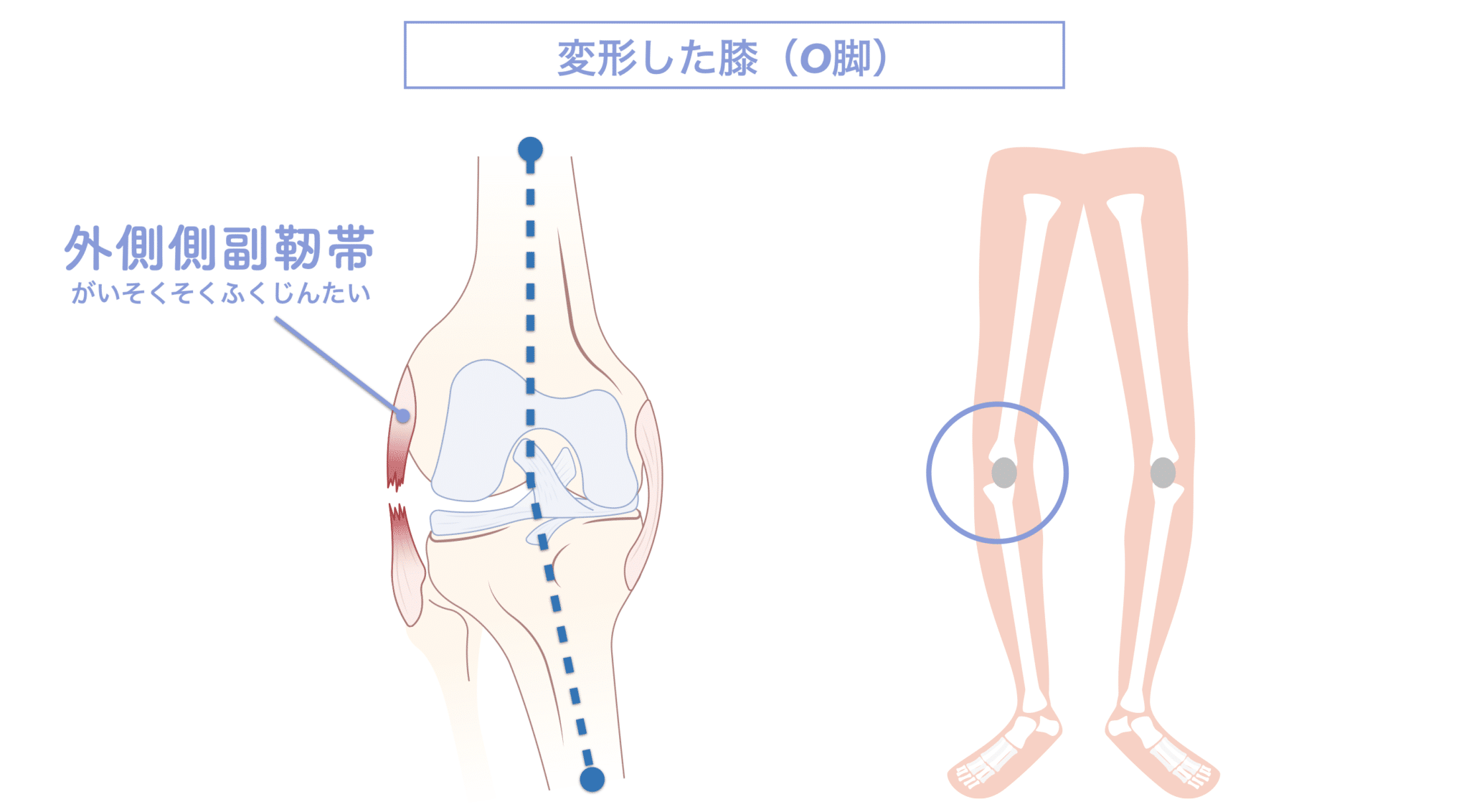
The lateral collateral ligament is located on the outside of the knee and is responsible for maintaining knee stability. When the little toe is dysfunctional (hallux valgus), the rotator cuff, or O-leg, the lateral collateral ligament may be overstretched or torn as the knee is twisted significantly to the outside. This can result in impaired knee stability, pain, swelling, and dysfunction.
Inspection and Self-Check
If you suspect a lateral collateral ligament injury, check for the following symptoms
1) Sudden swelling or internal bleeding of the knee
(2) Decreased knee stability or instability
3) Twisting the knee causes pain.
4) Restricted knee movement.
5) Knee pain or discomfort when walking or exercising.
(6) Prolonged swelling and pain in the knee
Posture Self-Check
First, take a picture from the pelvis down, even with your phone. Note that you should "keep both feet together" when taking the picture.
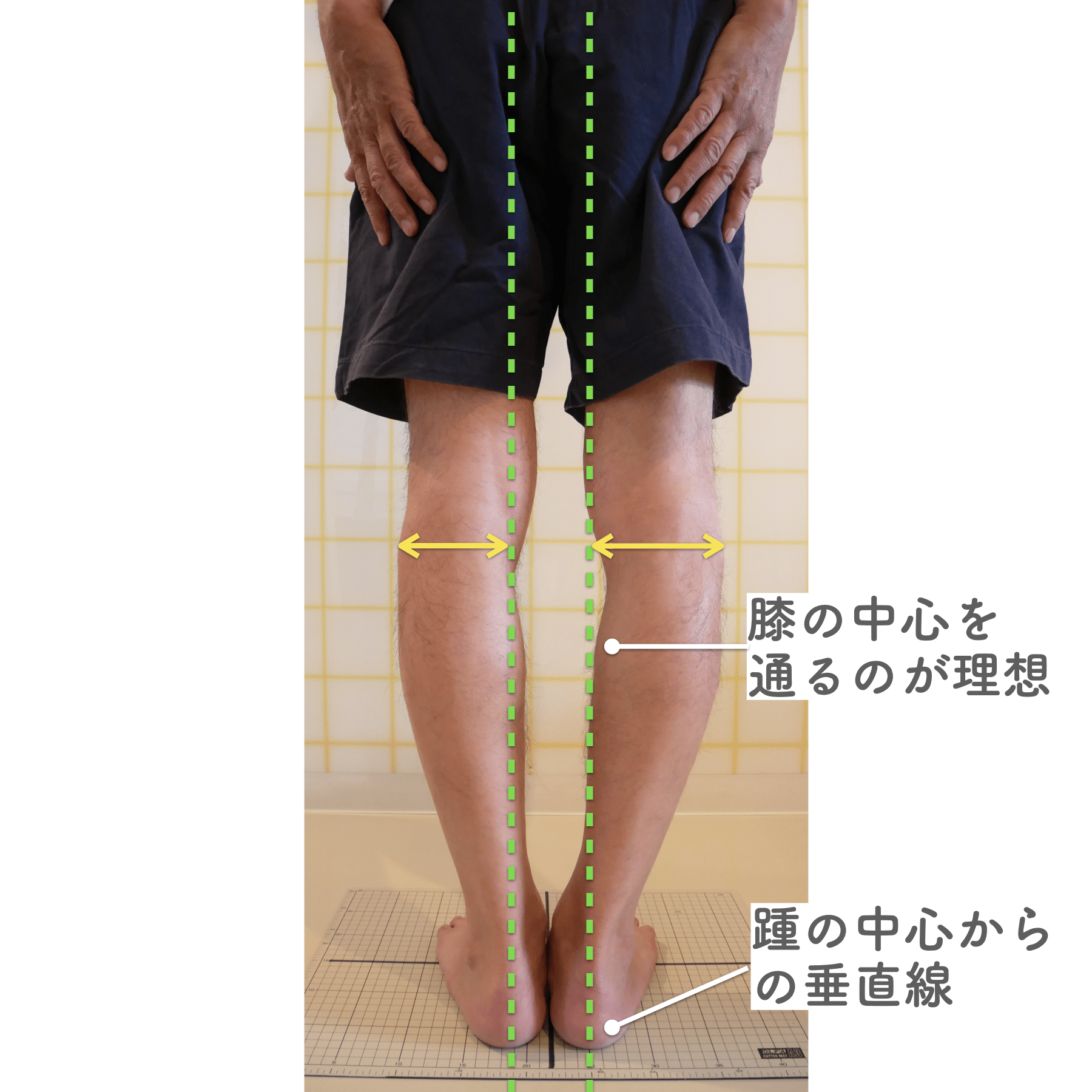
Draw a vertical line from the "center of the heel." Ideally, this line should pass through the "center of the knee". Most people would have gone through the inner side of the knee, rather than the center of the knee.
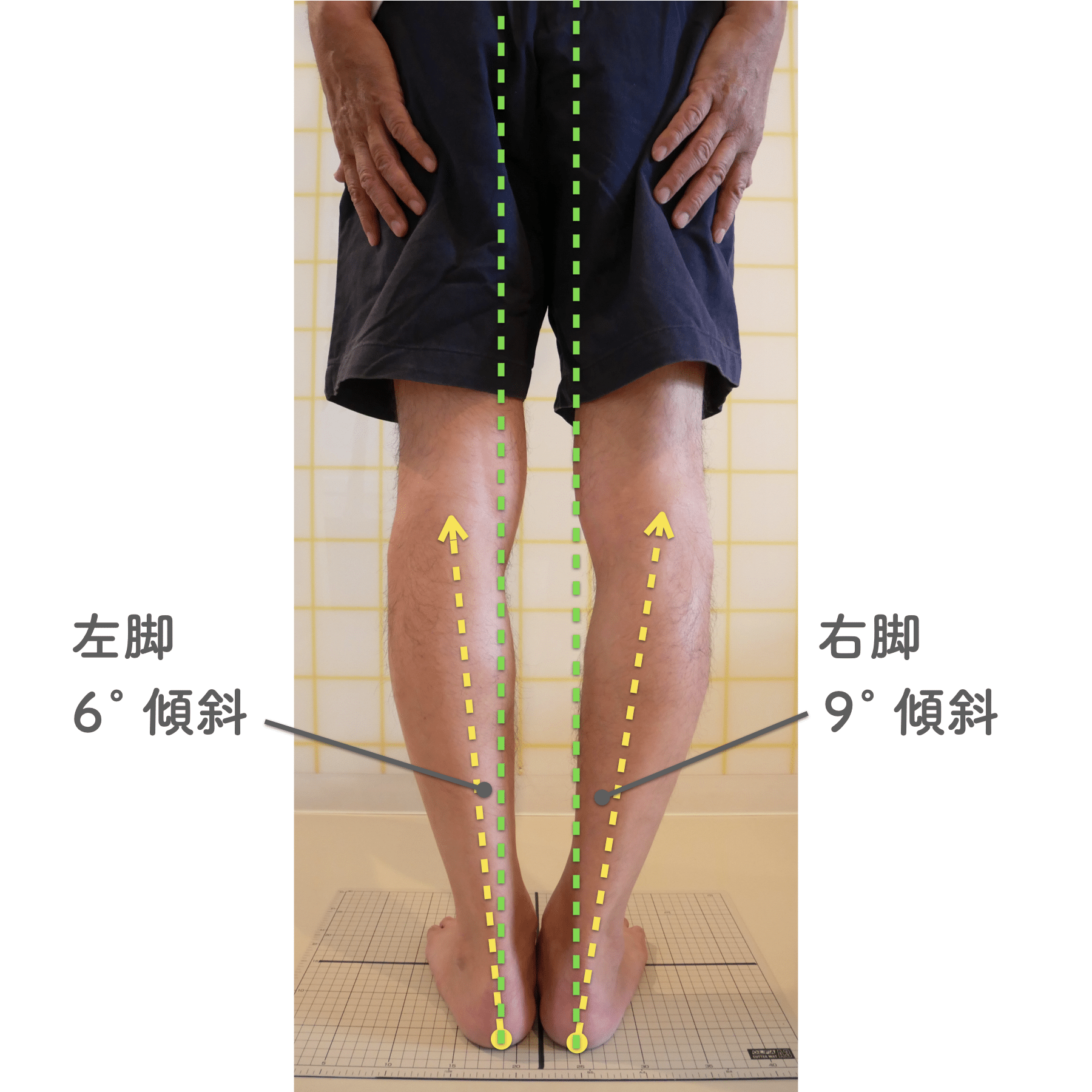
Next, look to see if there is any difference between the left and right side of the line that is passing through. For the person in the photo above, the right leg is more tilted outward by 9° and the left leg is tilted outward by 6°. You can see that the vertical line from the center of the heel is further away from the center of the knee in the right leg.
In this case, the O-leg of the left leg is more advanced, meaning that the left leg is more prone to lateral collateral ligament injury.
Toe deformity check
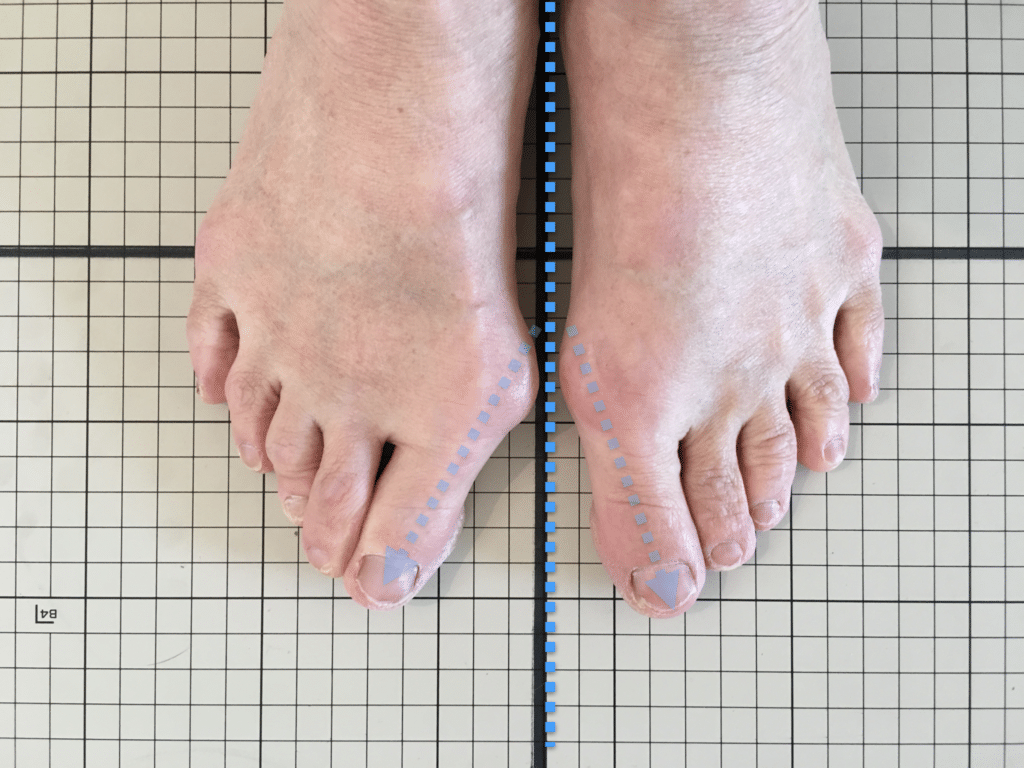
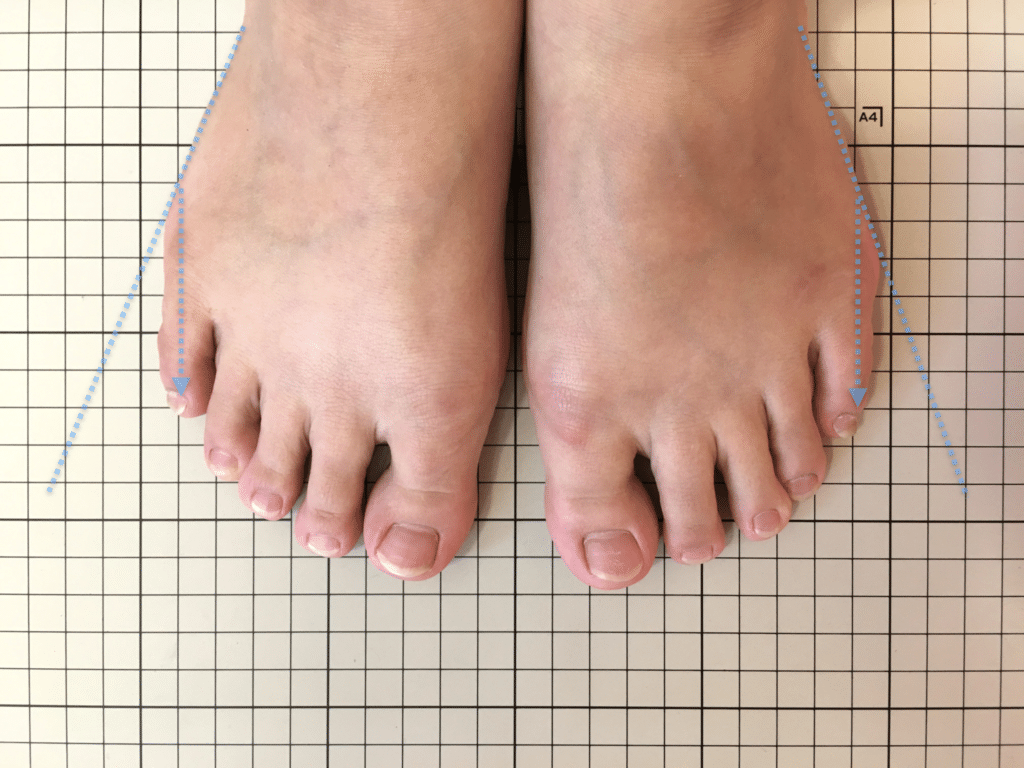
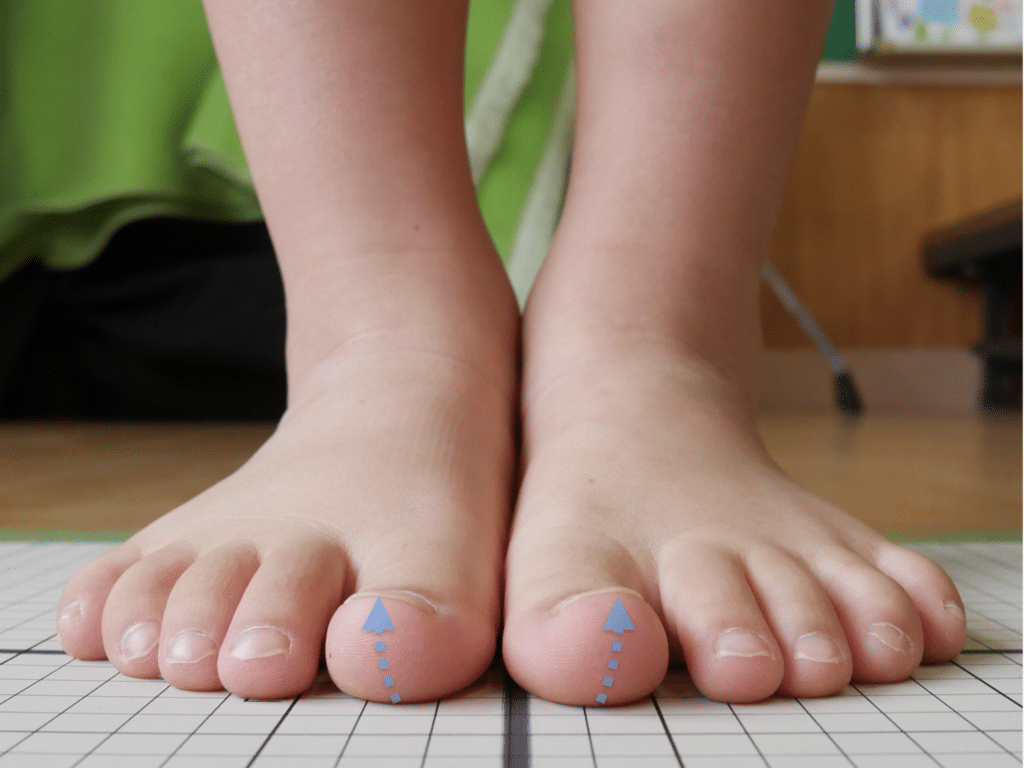
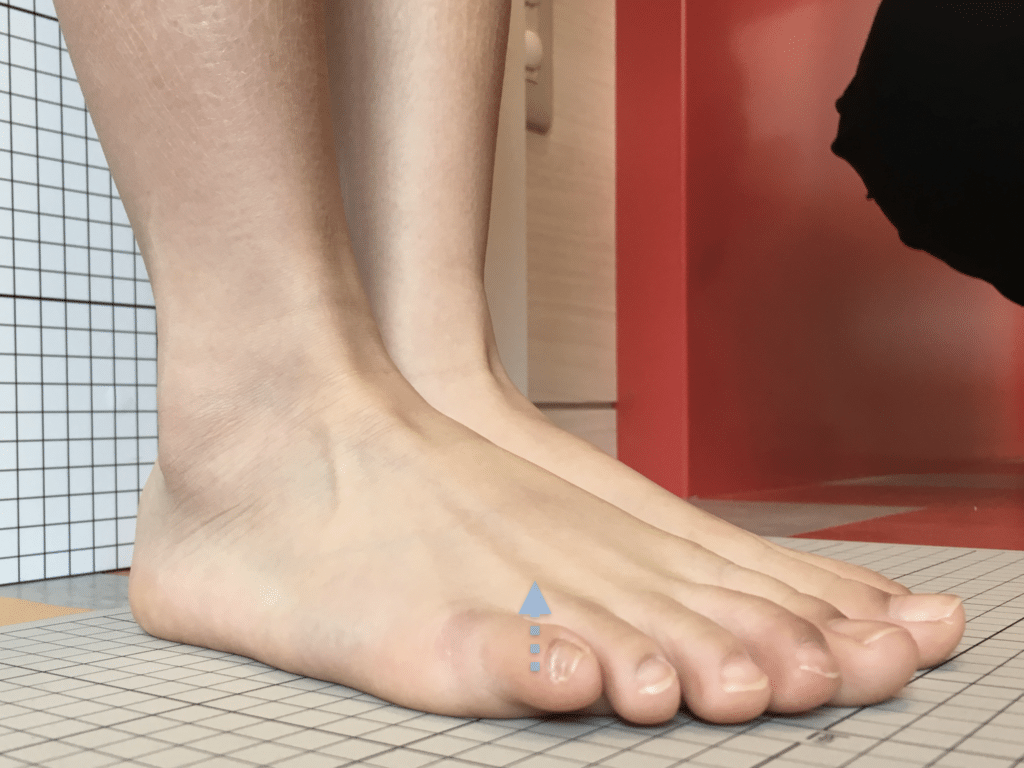
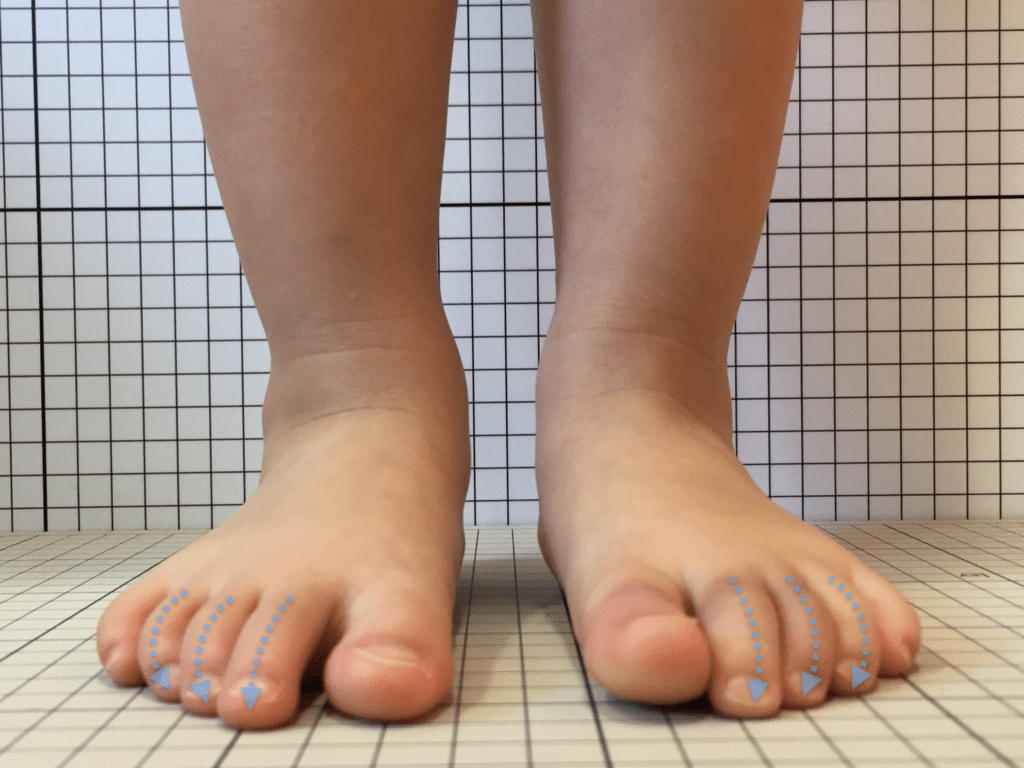
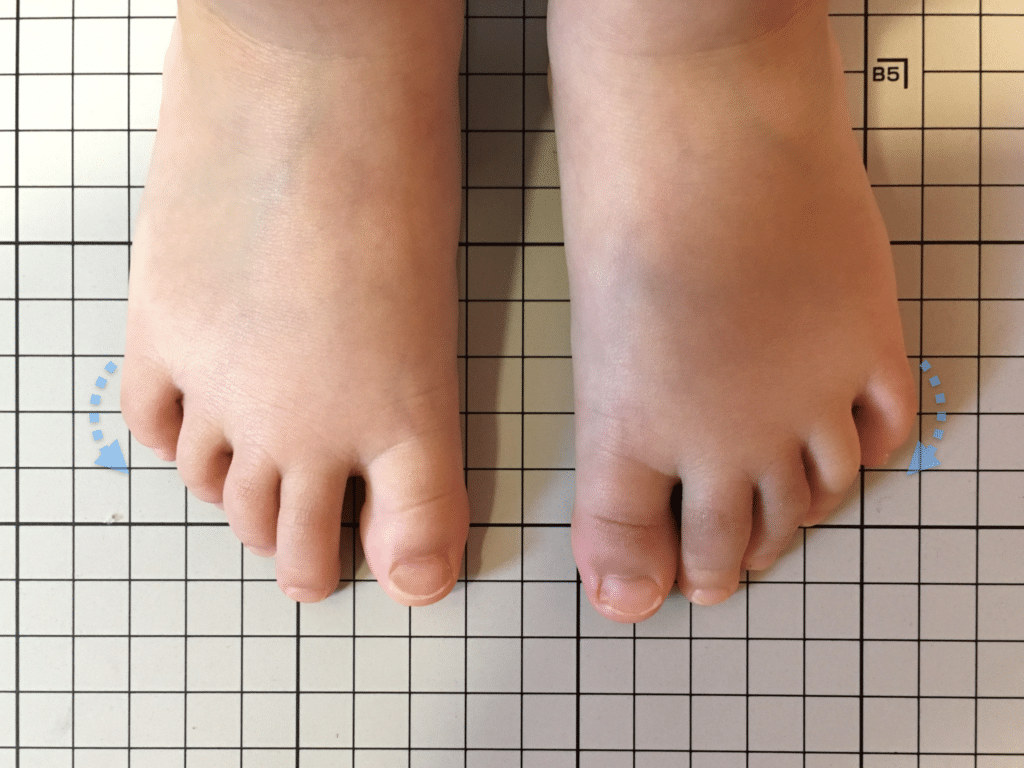
Most people today have deformed toes due to the wrong choice of shoes and socks, and the way they wear them.and the foundation is collapsing. Please refer to the following website for more information.
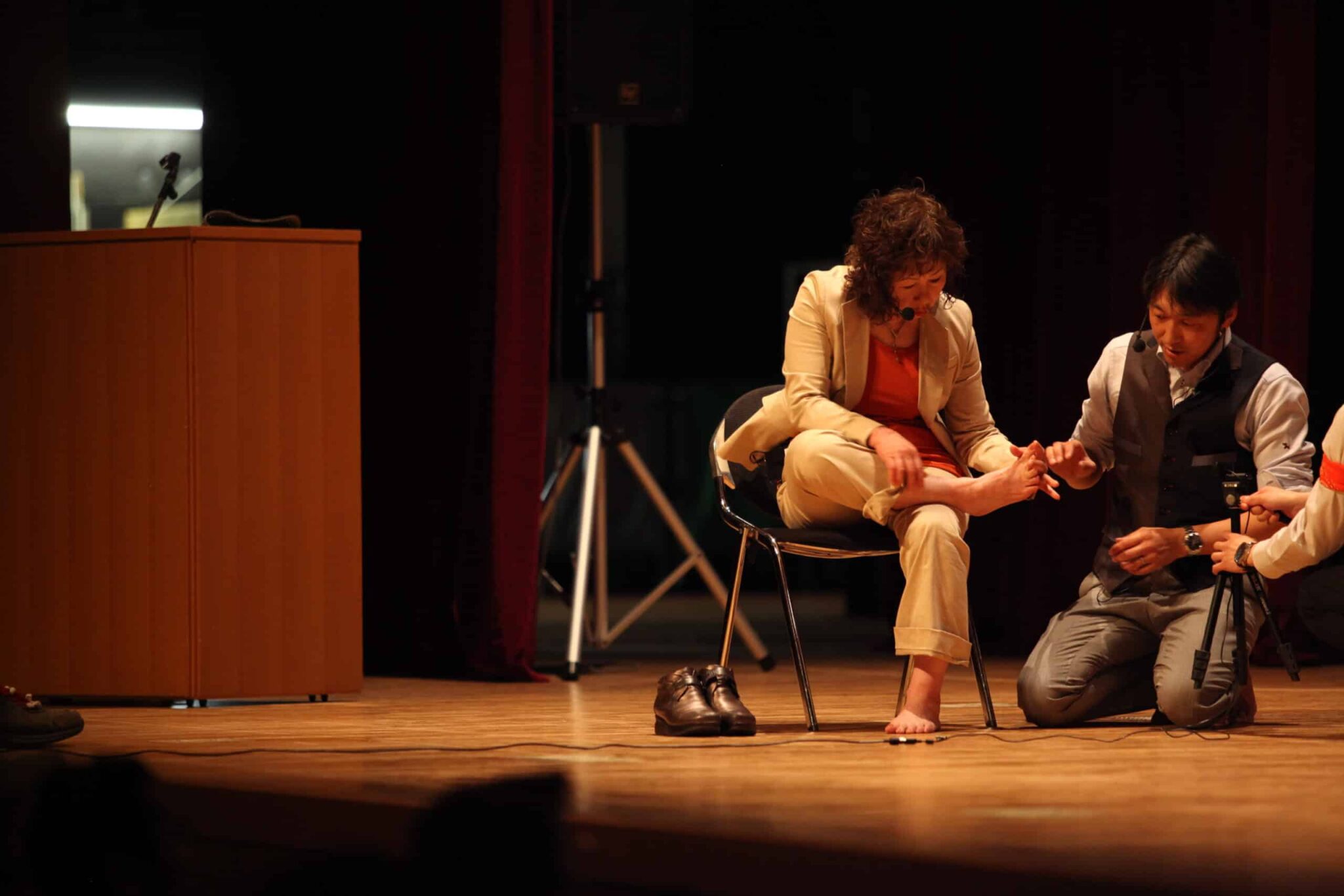
A simple check sheet is also available to check the deformity of the little toe. Please download it and check it by putting your own foot on it.
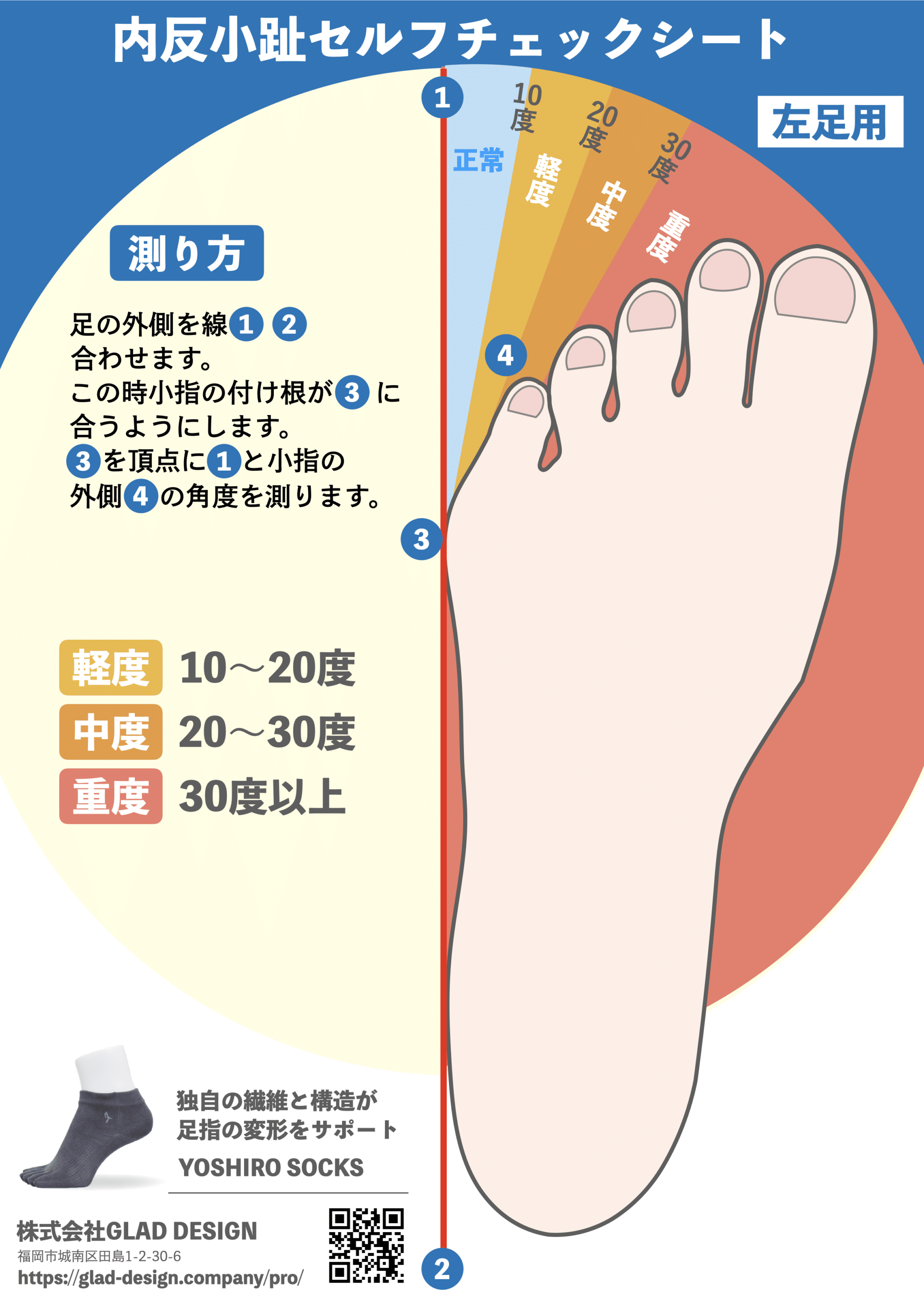

medical treatment
Treatment of lateral collateral ligament injuries depends on the extent of the injury and symptoms, but the following methods are generally used. The following treatments (conservative therapy) may provide temporary symptomatic relief, but recurrence is not uncommon.
1) Conservative therapy: Rest and protection of the affected area is necessary. Icing, compression, and elevation can reduce inflammation and relieve swelling and pain.
2) Physical therapy: Rehabilitation and physical therapy can help restore joint range of motion and strengthen muscles. It is also important to maintain joint stability through the use of taping and supporters.
3) Medication: Painkillers and anti-inflammatory drugs may be taken to reduce pain and inflammation.
(4) Surgery: Surgery may be necessary for severe injuries or when recovery is not satisfactory. Surgery is used to repair or reconstruct the damaged ligament.
Conservative therapy often provides good results in the treatment of lateral collateral ligament injuries, but without recurrence.To cure the root cause, toe care should be performed to improve O-legs.It is important to avoid putting undue stress on the lateral collateral ligament by not stressing the inside of the knee with
Toe stretching "Hironoba Exercise" to improve lateral collateral ligament injuries
Try doing this once a day for 5 minutes; if you do not see any change in your symptoms after 2-3 days, we recommend increasing the number of times to 2-3 times a day. The goal is to be able to do the toe par for 30 seconds.
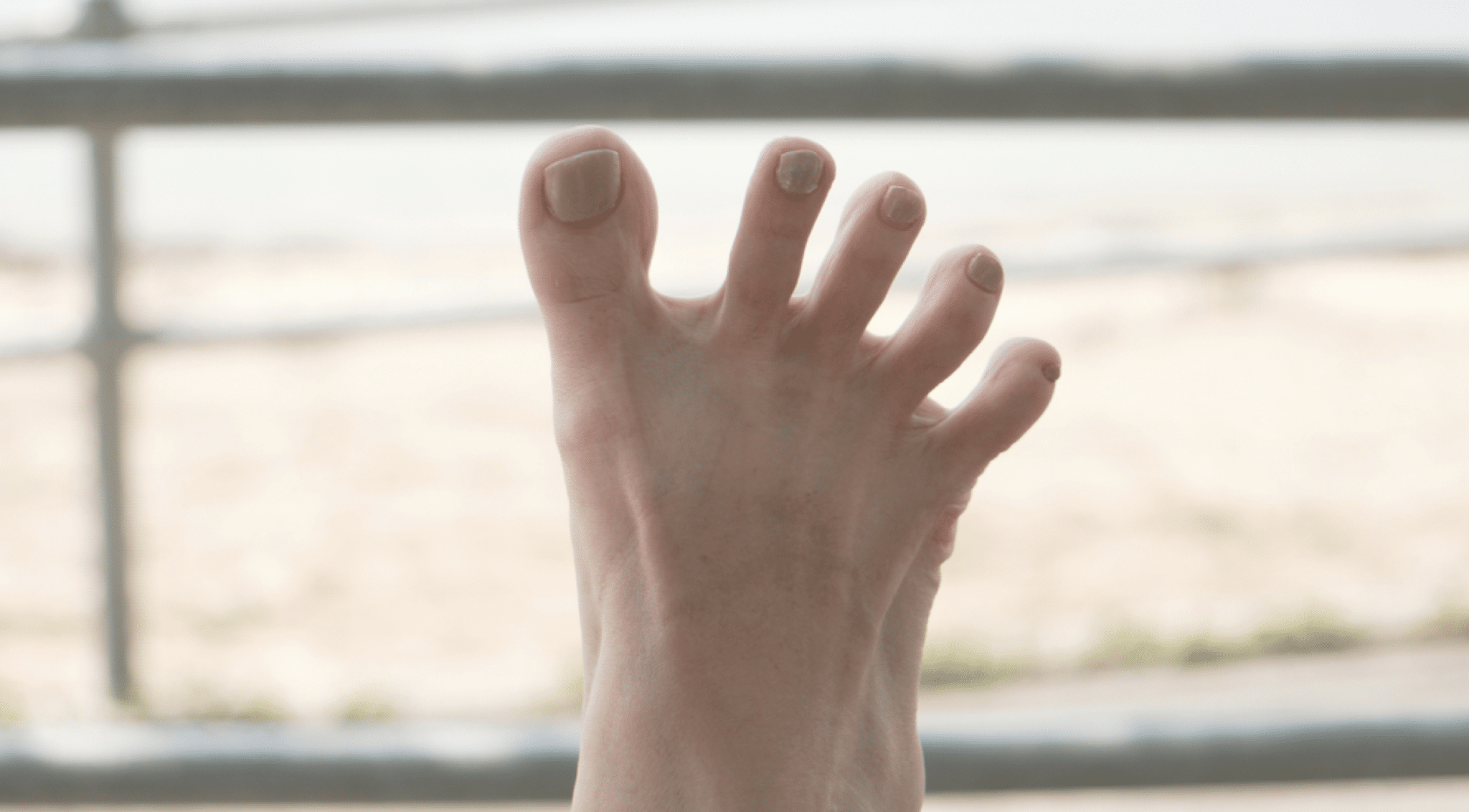
Corrective 5-finger socks for optimal support of O-legs
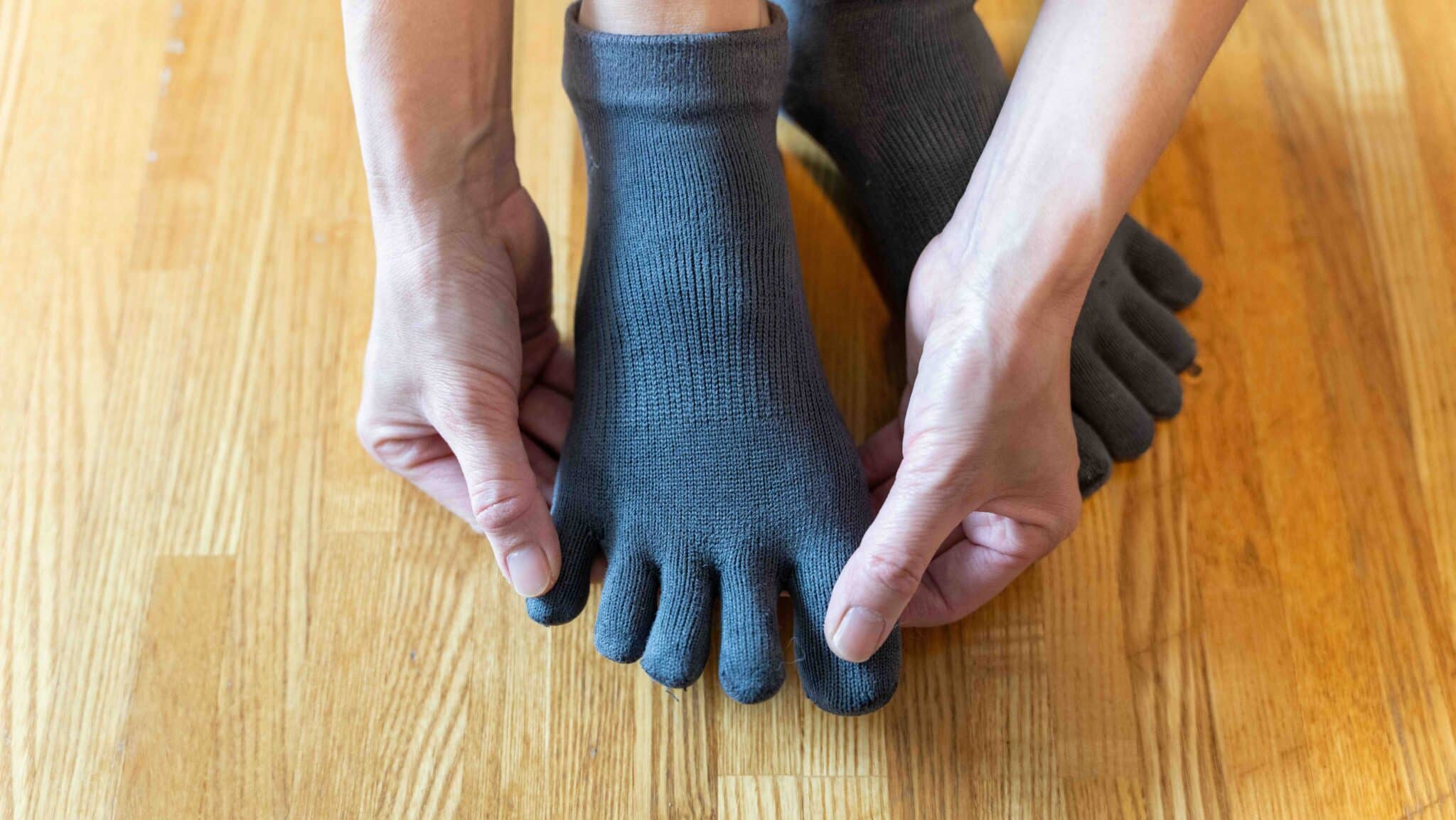
We have produced functional 5-finger socks made of cotton and silk and tried them on many patients in clinical settings, but we were unable to solve the problem of feet slipping in shoes and socks. Therefore, we spent two years working with a textile company to perfect the ideal fiber, and the corrective five-toed socks "YOSHIRO SOCKS" were born. If you suffer from lateral collateral ligament injuries, give them a try.
Pure cotton and silk materials are slippery
There is a silken finish (or mercerization process). Silkette treatment is a process that gives silk-like luster to yarns, and involves soaking yarns in a caustic soda (sodium hydroxide) solution and stretching them like hand-pulled udon noodles to straighten the cross section of the yarns. It is overwhelmingly used mainly for cotton and silk fibers (cotton).
The cross-section of the cotton is aligned, coloration is improved, and fluff is suppressed when processed, giving it a luxurious appearance. It is smooth and slippery to wear, but as the words "smooth" and "slippery" suggest, it is easy for the feet to slip inside shoes and socks. In other words, it is a material that can easily cause deformation of the toes.
Of course, there are cotton and silk materials that are not silken, so choosing such materials is also an important factor in preventing knee pain.
Five-toed socks allow toes to function.
Common socks are also called tube socks, and most people around the world have this type of socks. It is a shape that has been used for many years, but the tube type makes it difficult to use the toes properly. For this reason, socks with five separate toes are better, but there are many different types of this type.
The most important thing is to make sure it fits your own feet just right.The socks should be worn with a soft, comfortable, and comfortable footwear. If the fingertips or instep area is loose, even a good 5-finger sock will "slip". On the other hand, 5-finger socks that fit too tightly and feel oppressive are not recommended, as they can impede blood circulation. It is important to find 5-toed socks that feel "comfortable" when you try them on.
Also,Supporting the arch is important, but arch structure is a property that can lose its function if it is lifted too stronglySo, be sure to choose an arch that is also not too oppressive.
How to choose the right shoes
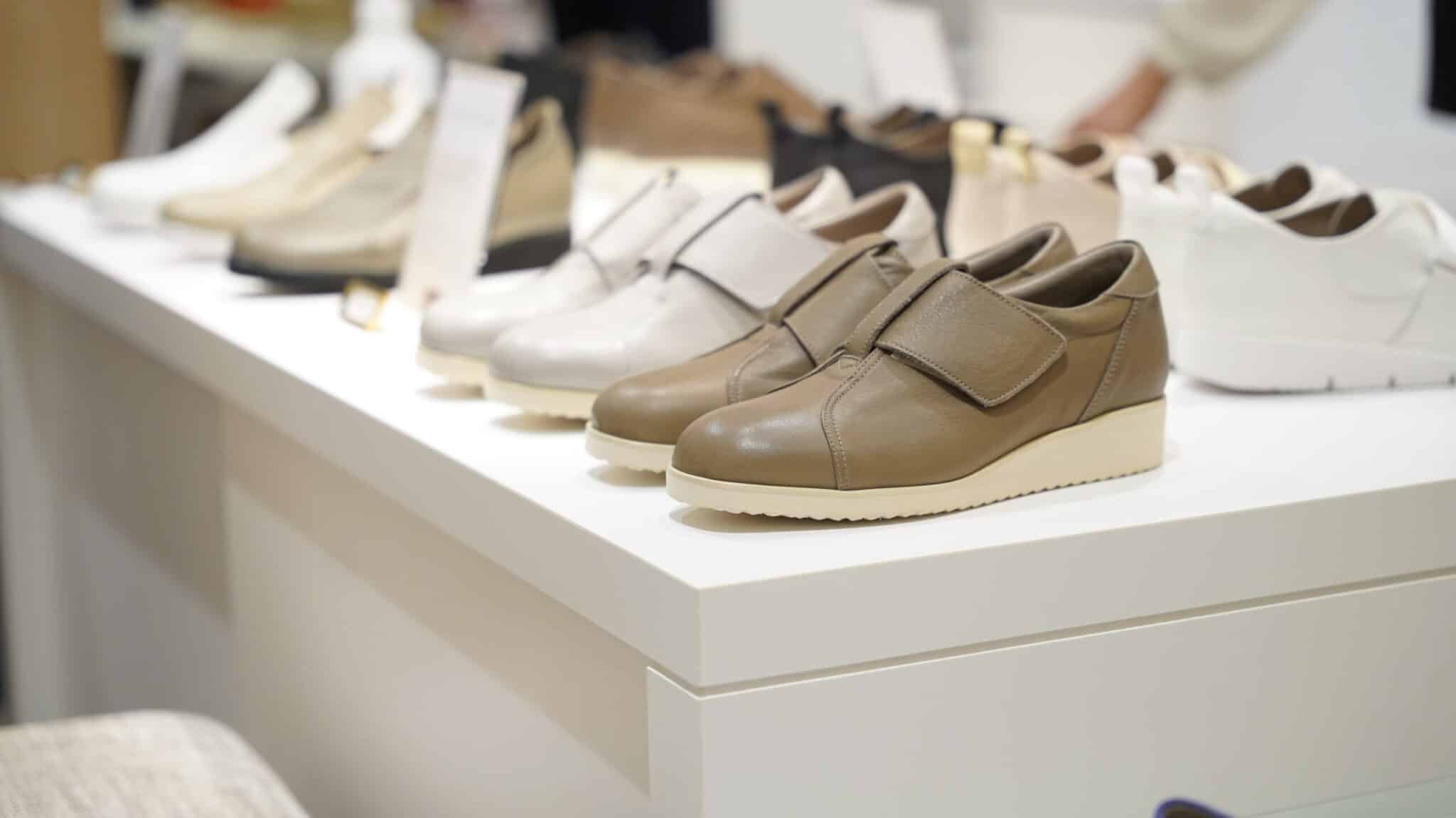
The most common cause of toe deformity is the choice of shoes and how they are worn.Most spine problems are caused by not using the toes properly. Few people would think that because the feet and the person are so far away from each other, they are not connected. If you are suffering from lateral collateral ligament injuries, please take this opportunity to review your feet.
Moderate walking reduces strain on the lateral collateral ligament.
To make it more effective
By making small changes in daily life, such as toe stretching and wearing corrective five-toed socks (YOSHIRO SOCKS), you can maintain correct posture, improve lateral collateral ligament injuries, and prevent recurrence. Correct posture is created by correct muscles.Correct muscles can only be built by walking with "toes spread and extended"!The following is a list of the most common problems with the
Walk with a small gait.
・Use your toes, such as going up hills and stairs.
. Avoid wearing footwear indoors.
Try to walk at least 6,000 steps a day.
Make sure the laces are tight.
...No ordered pillows or mats.
Choose the right shoes.
Use a shoehorn to put on your shoes.
Stretching the toes and walking with corrective five-toed socks (YOSHIRO SOCKS) helps to use the toes functionally.(1) Toe deformity improved → (3) Center of gravity improved → (4) X-legs and O-legs improved → (5) Leg length difference improved → (6) Lateral collateral ligamentStress improvedThis is the flow of the project.
References
Functional Anatomy and Physical Therapy of Hallux Valgus. Yuasa, Keiro. Physical Therapy Vol.31 No.2 2014.2 P159-165
2. "Shift Your Toes and You'll Be Healthy" by Keiro Yuasa/author, PHP Kenkyujo, 2014.6
3. "Your back and hips will never get bent again in your life by grabbing your toes in just 5 minutes! Written by Keiro Yuasa, PHP Research Institute, 2021.6

